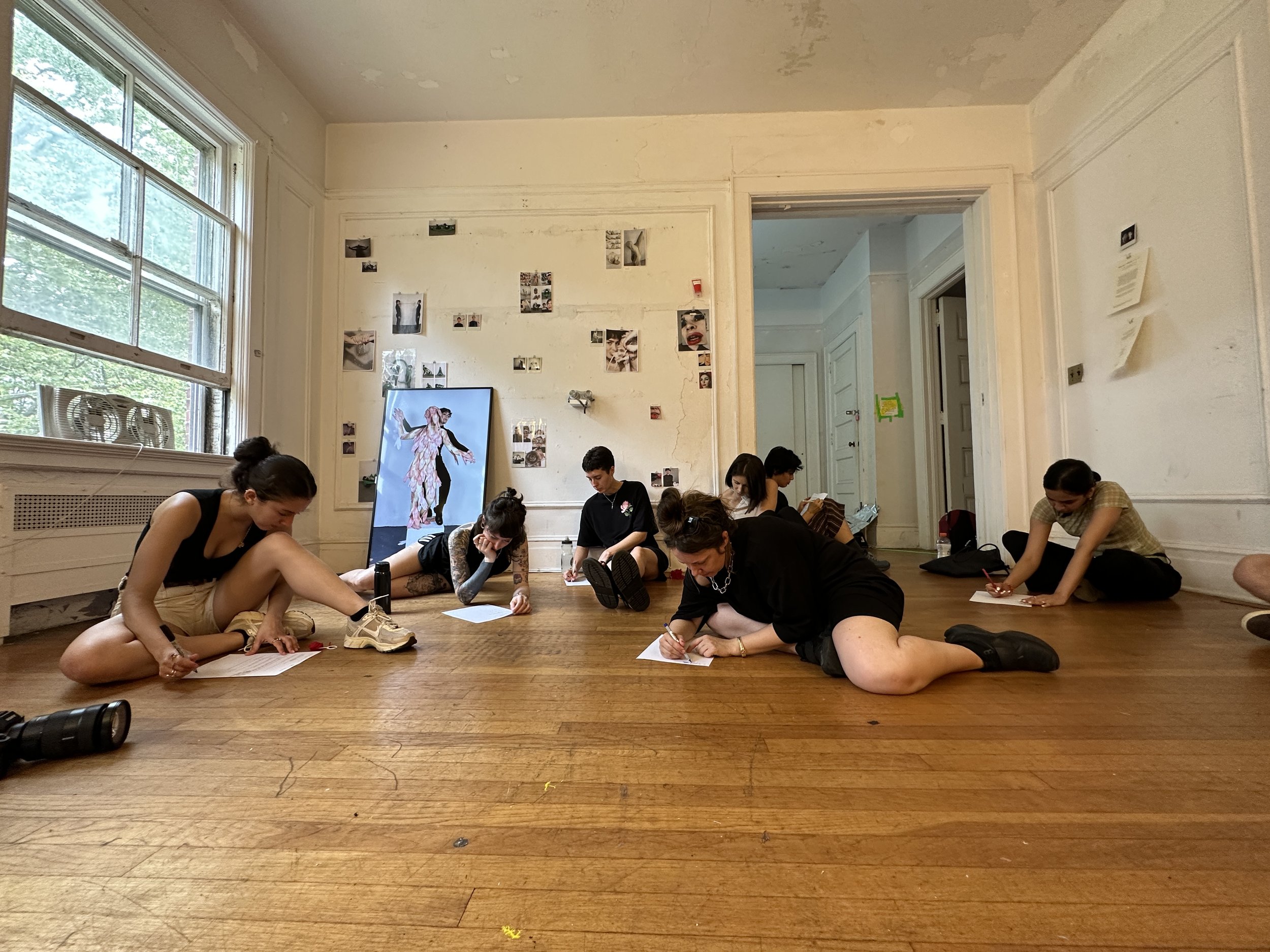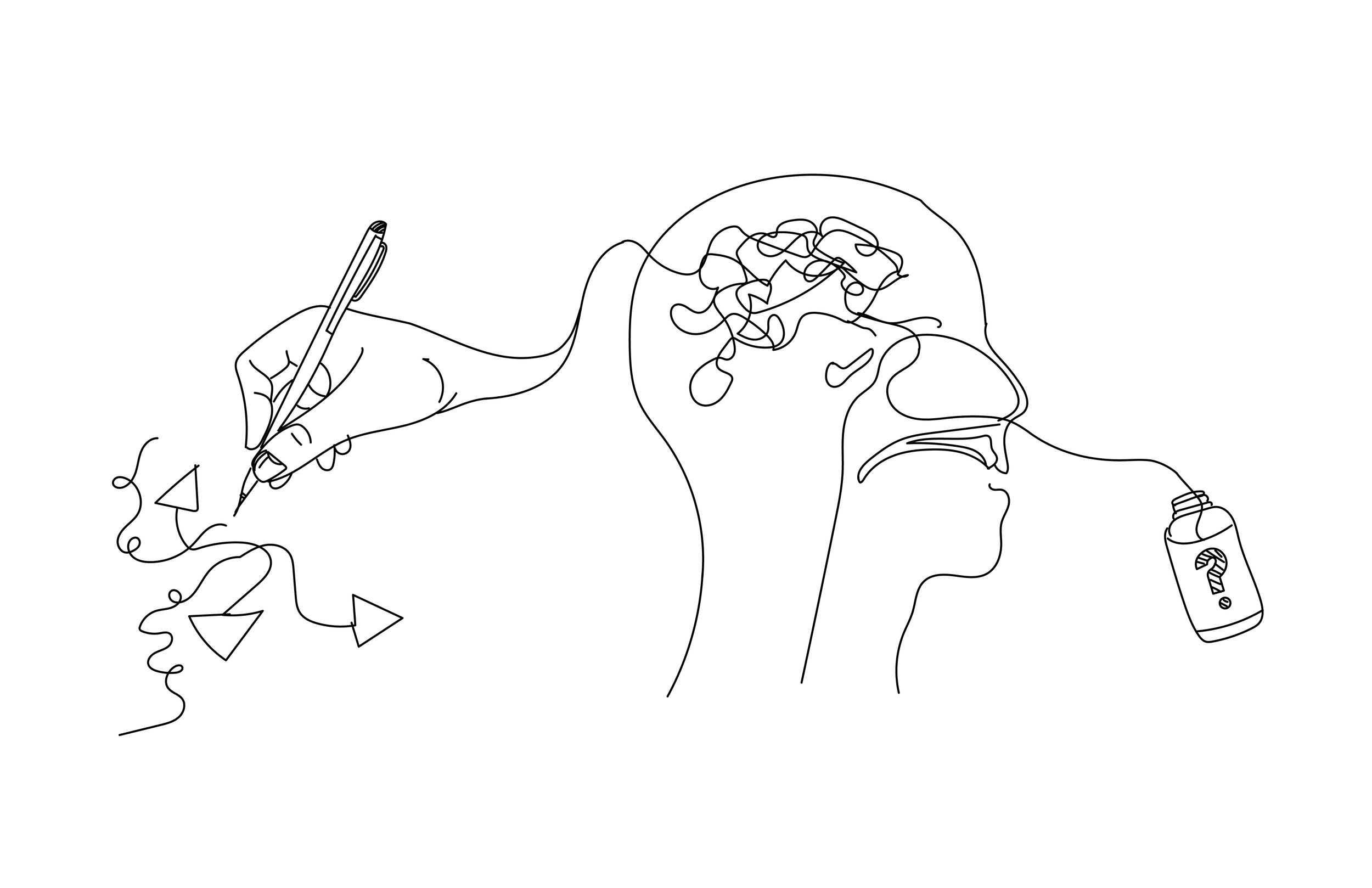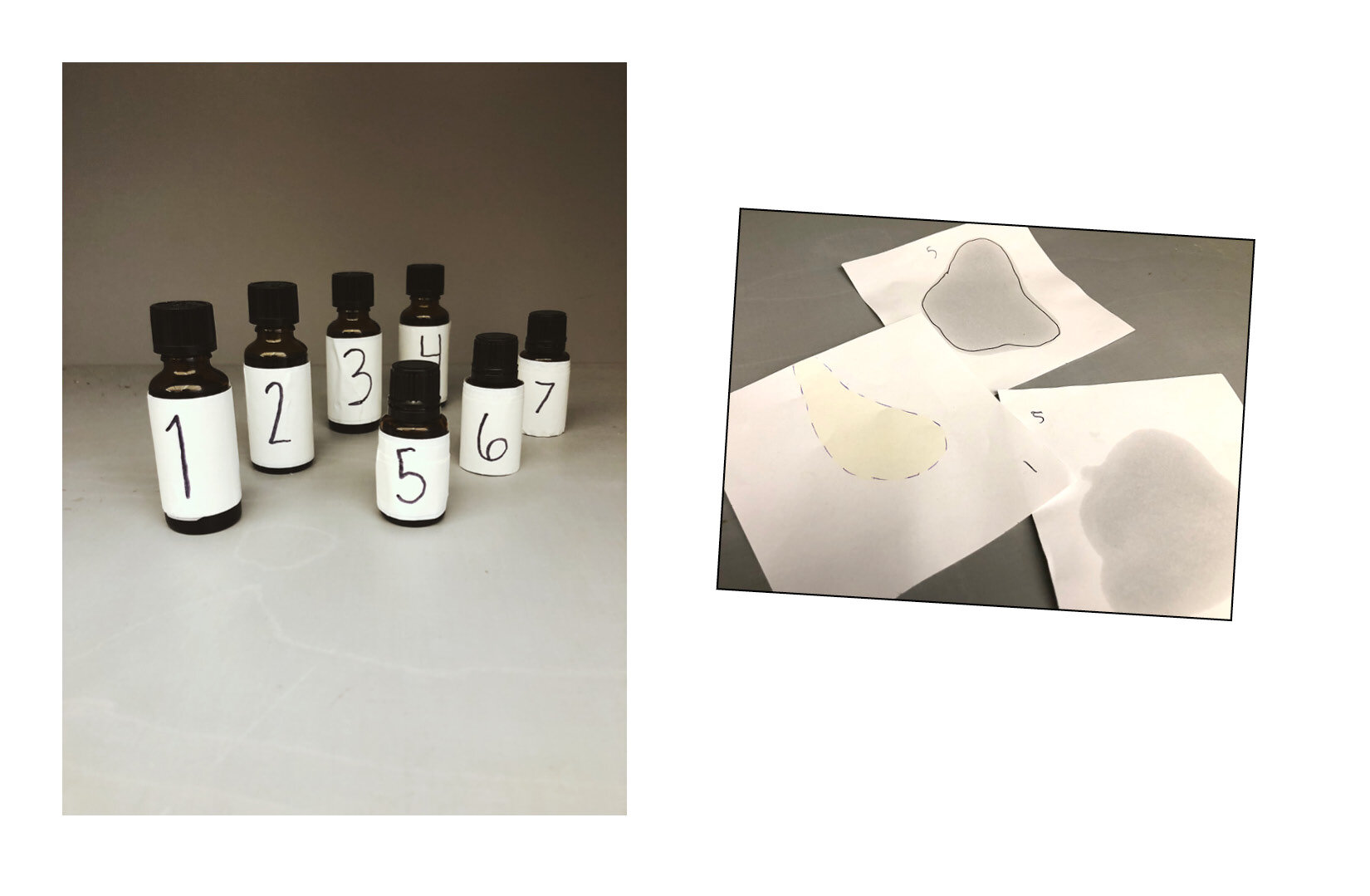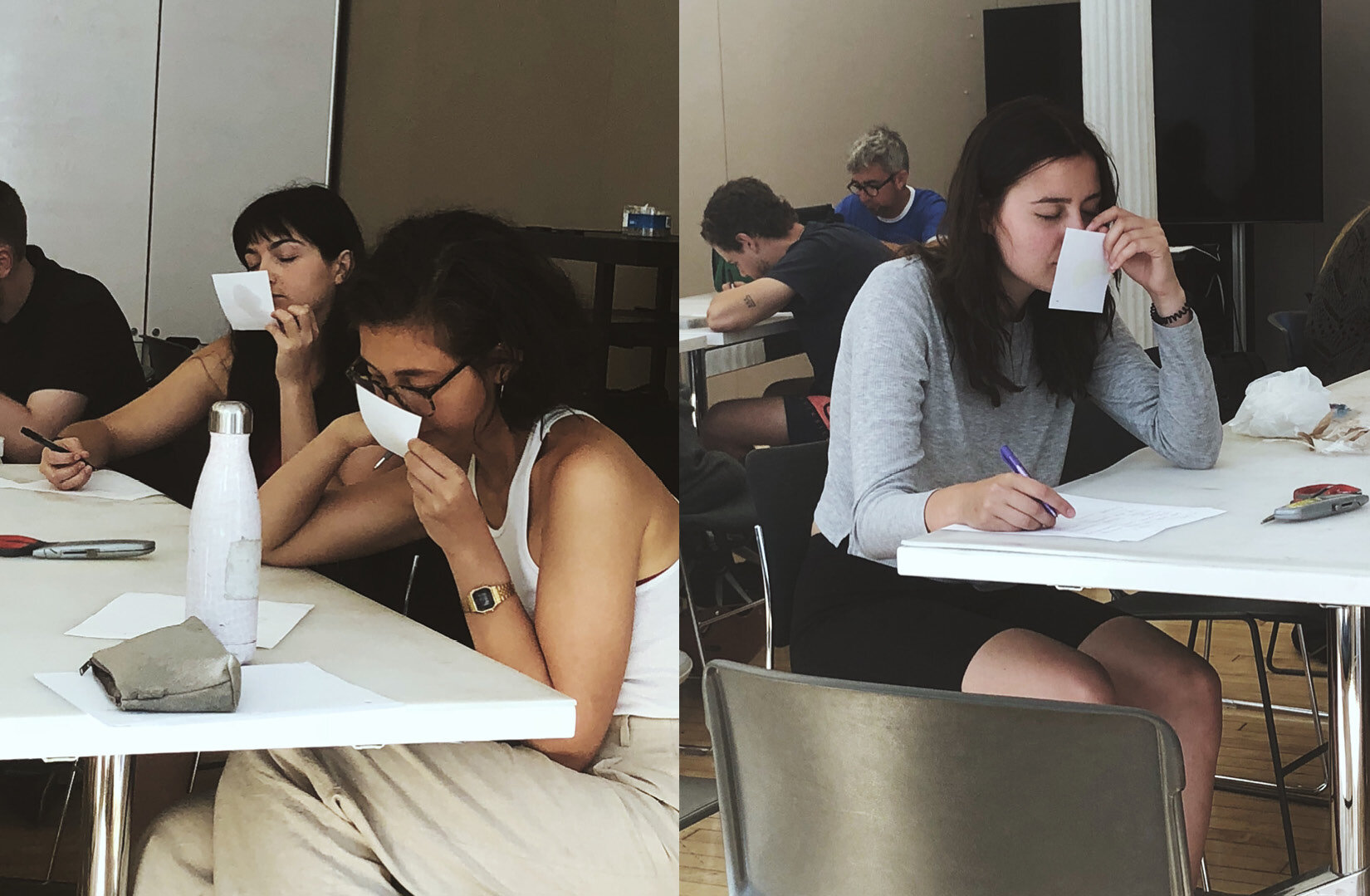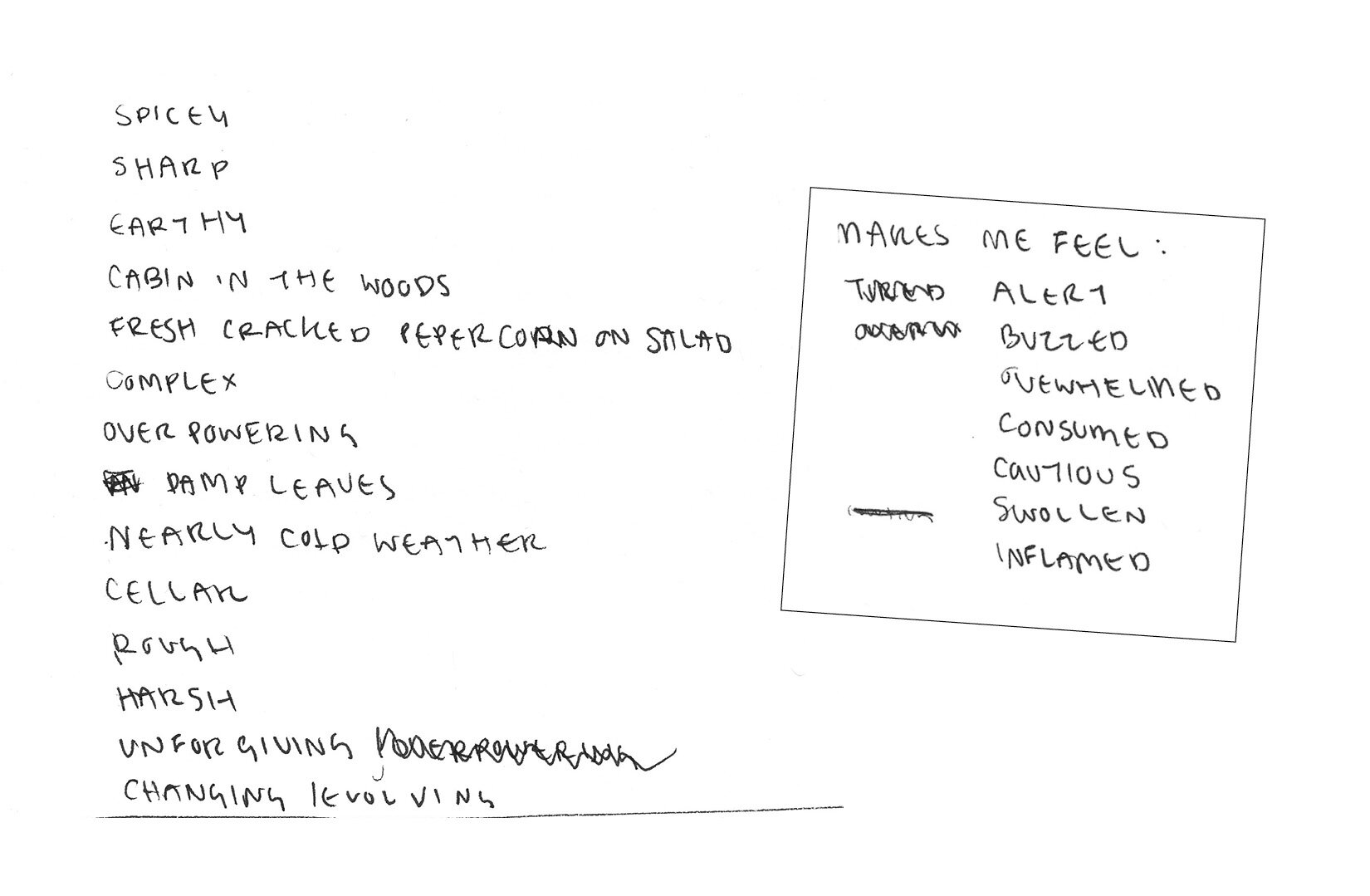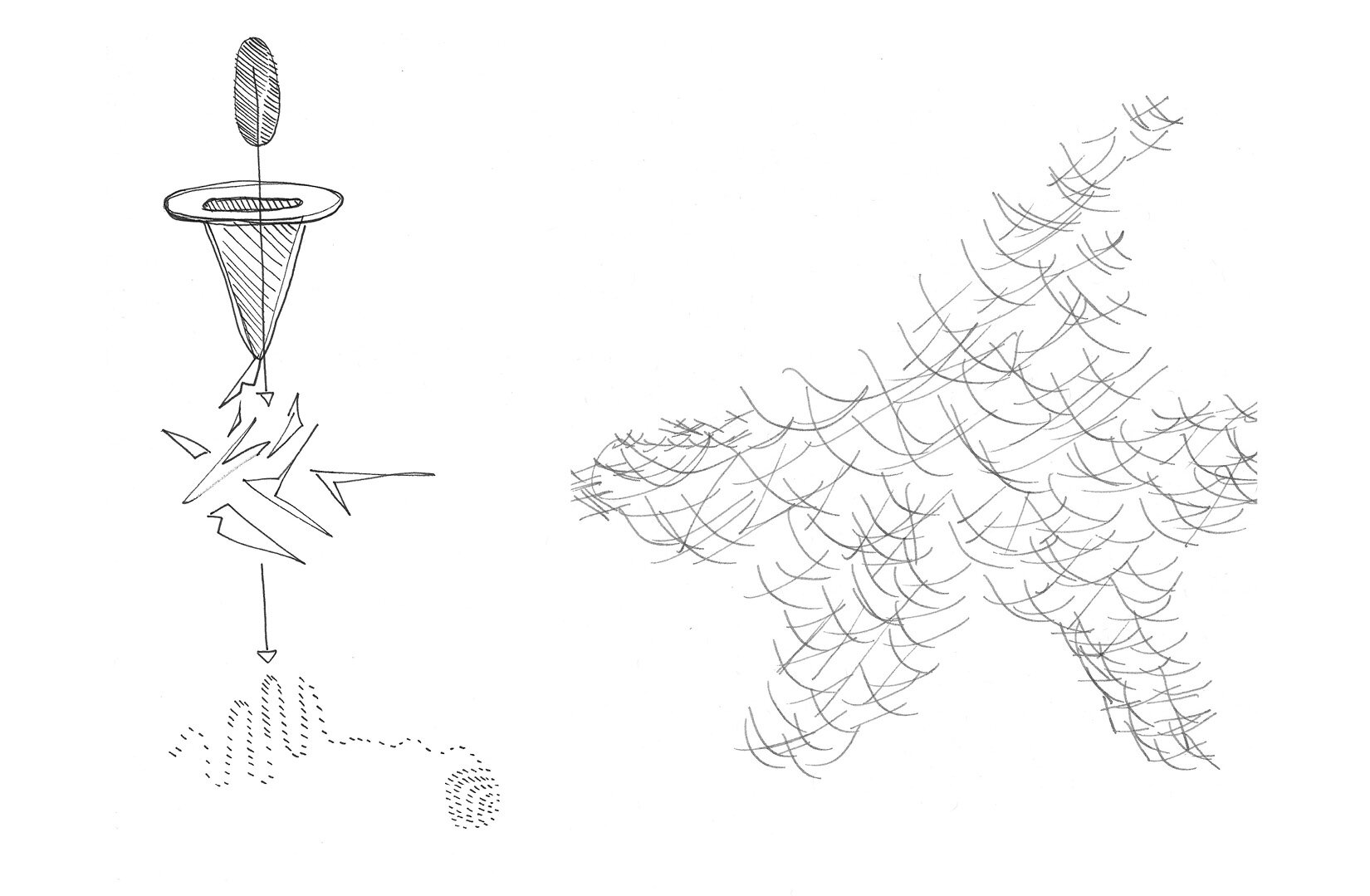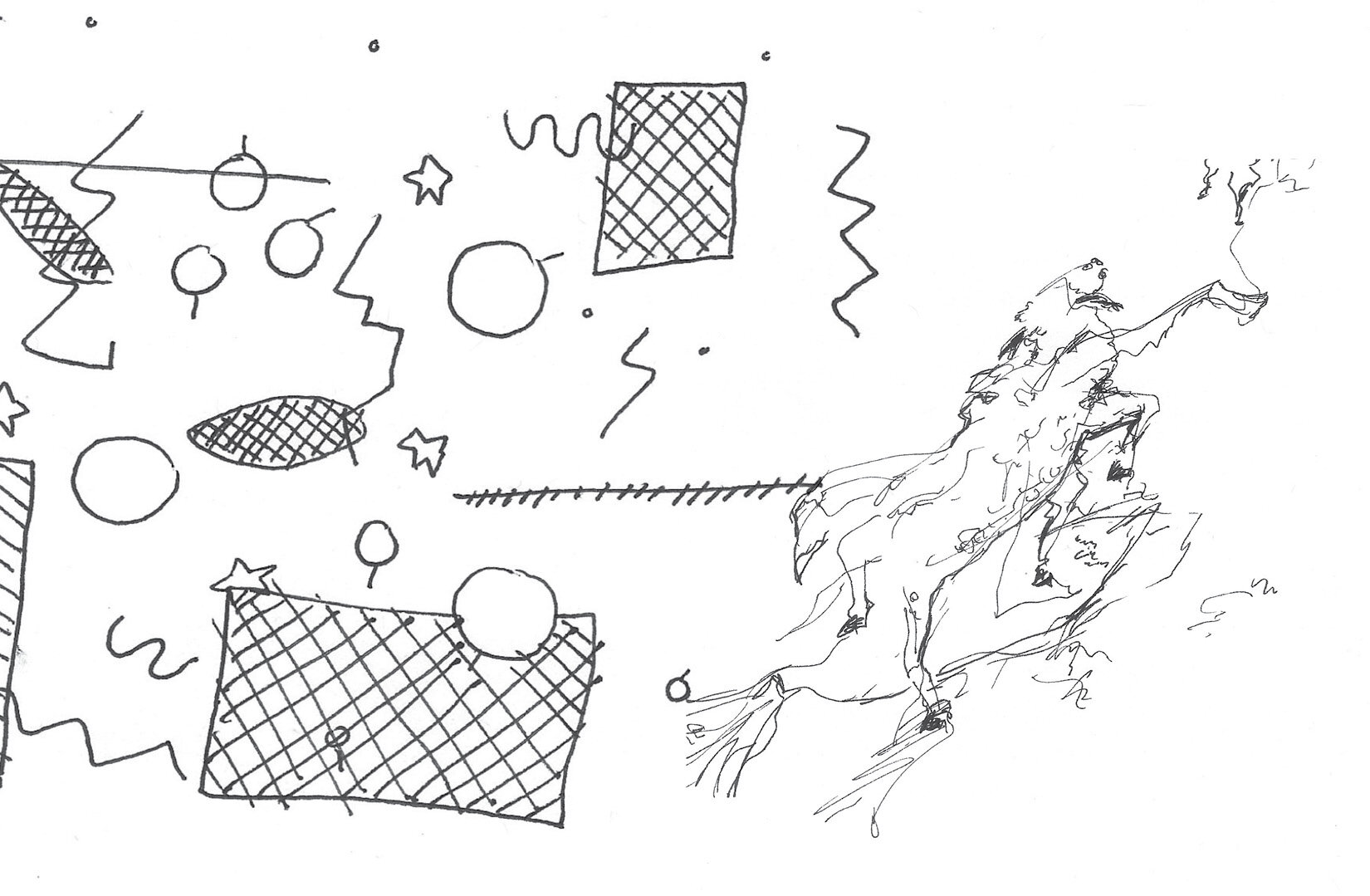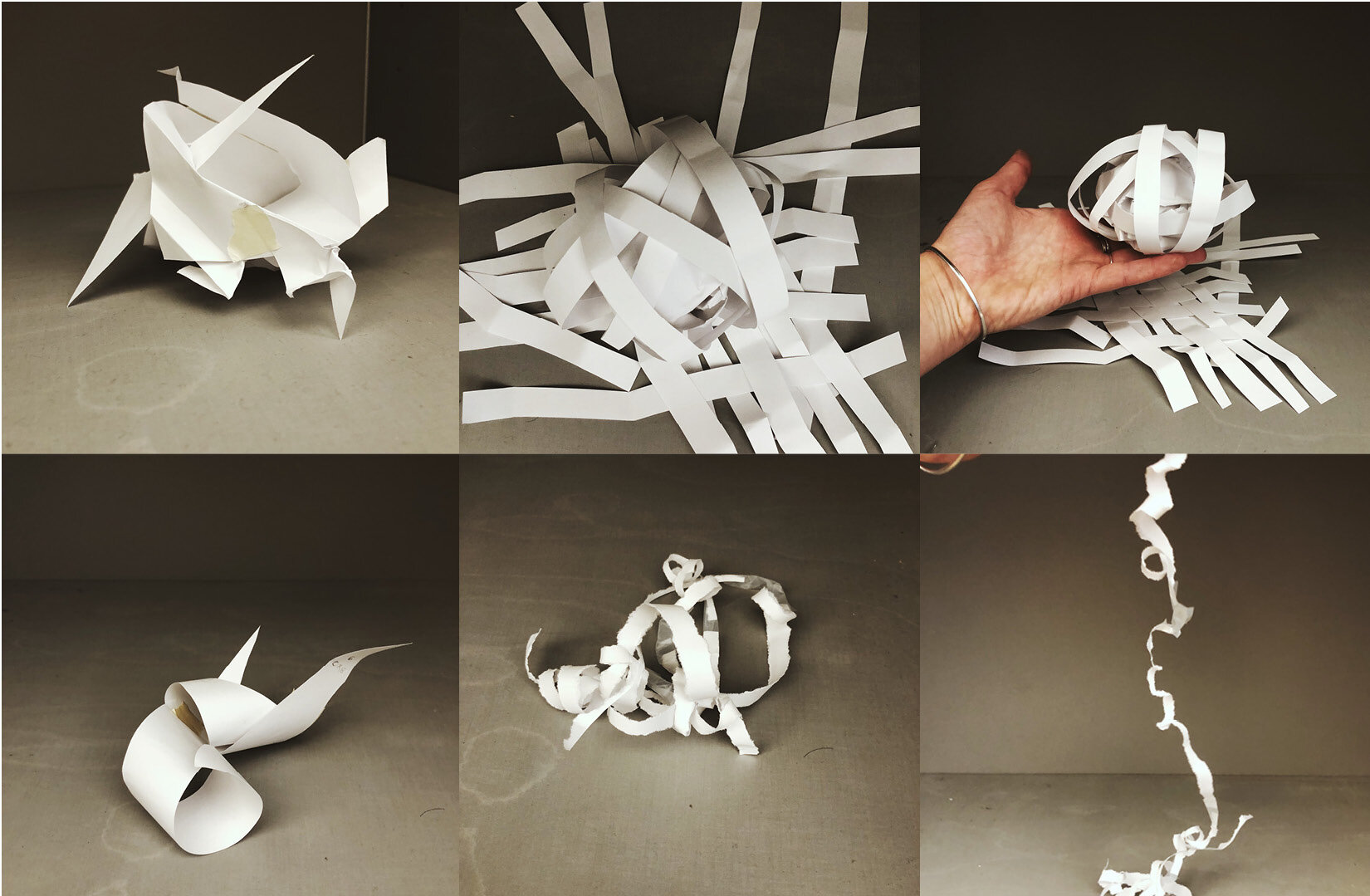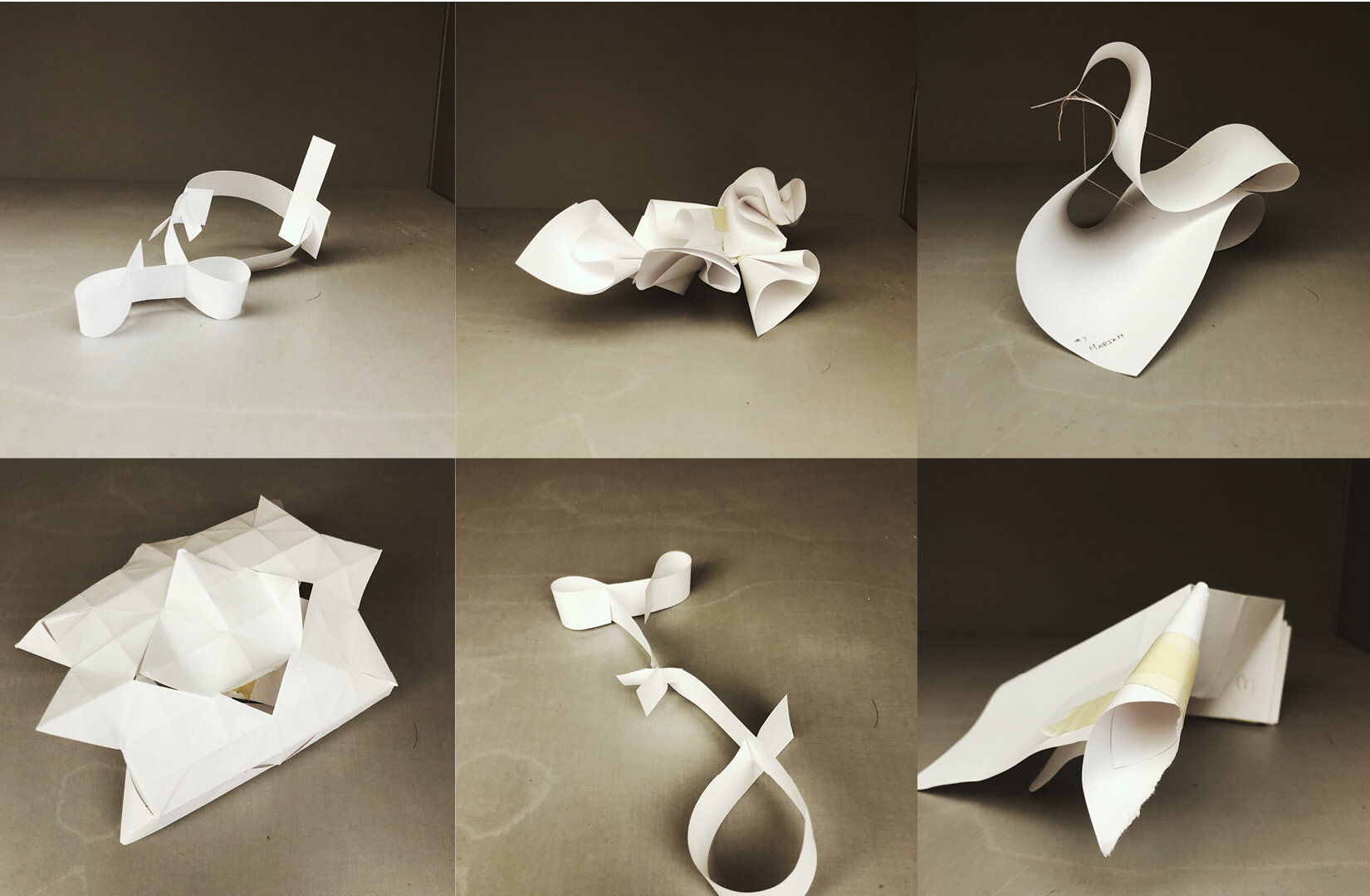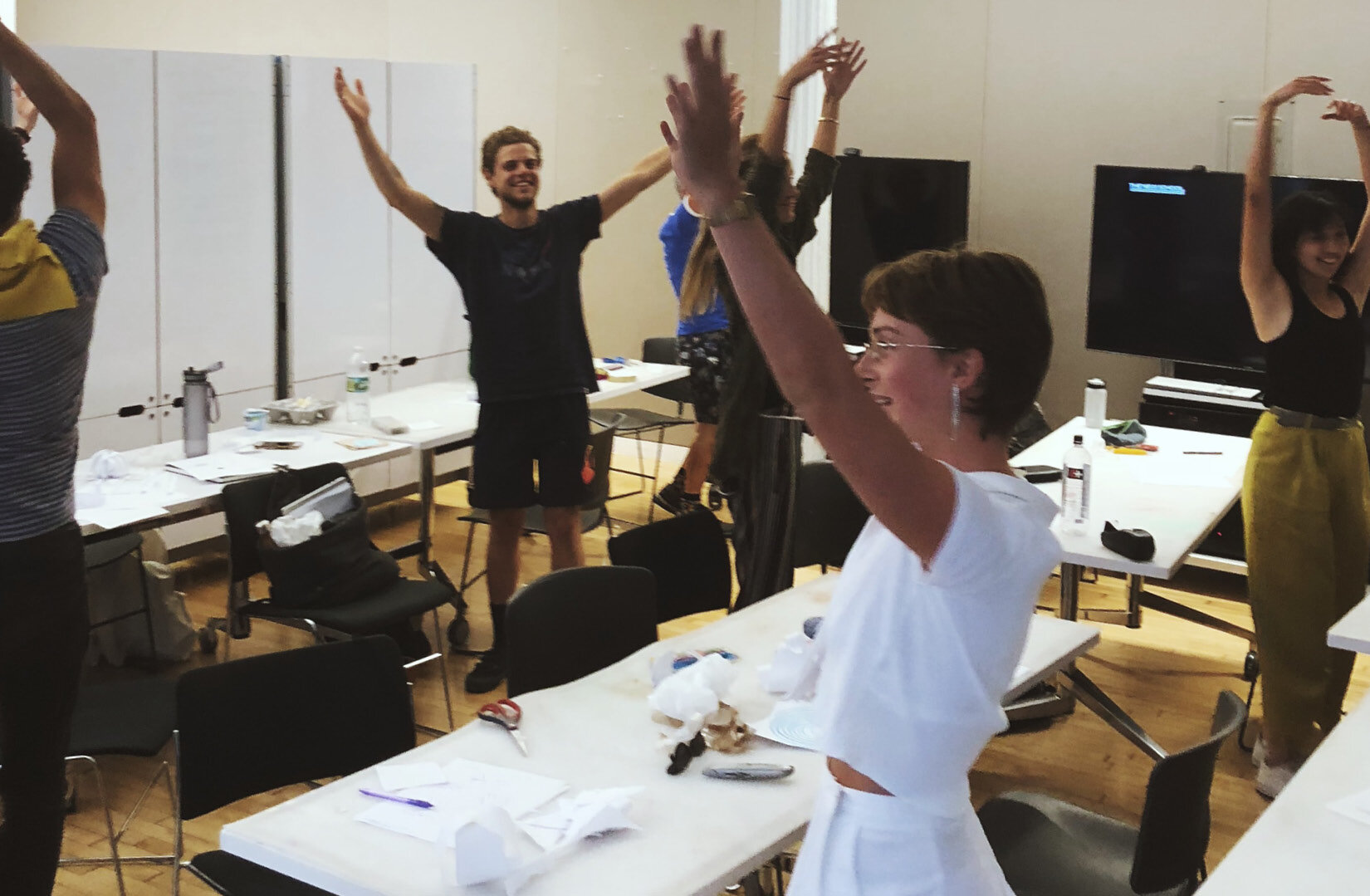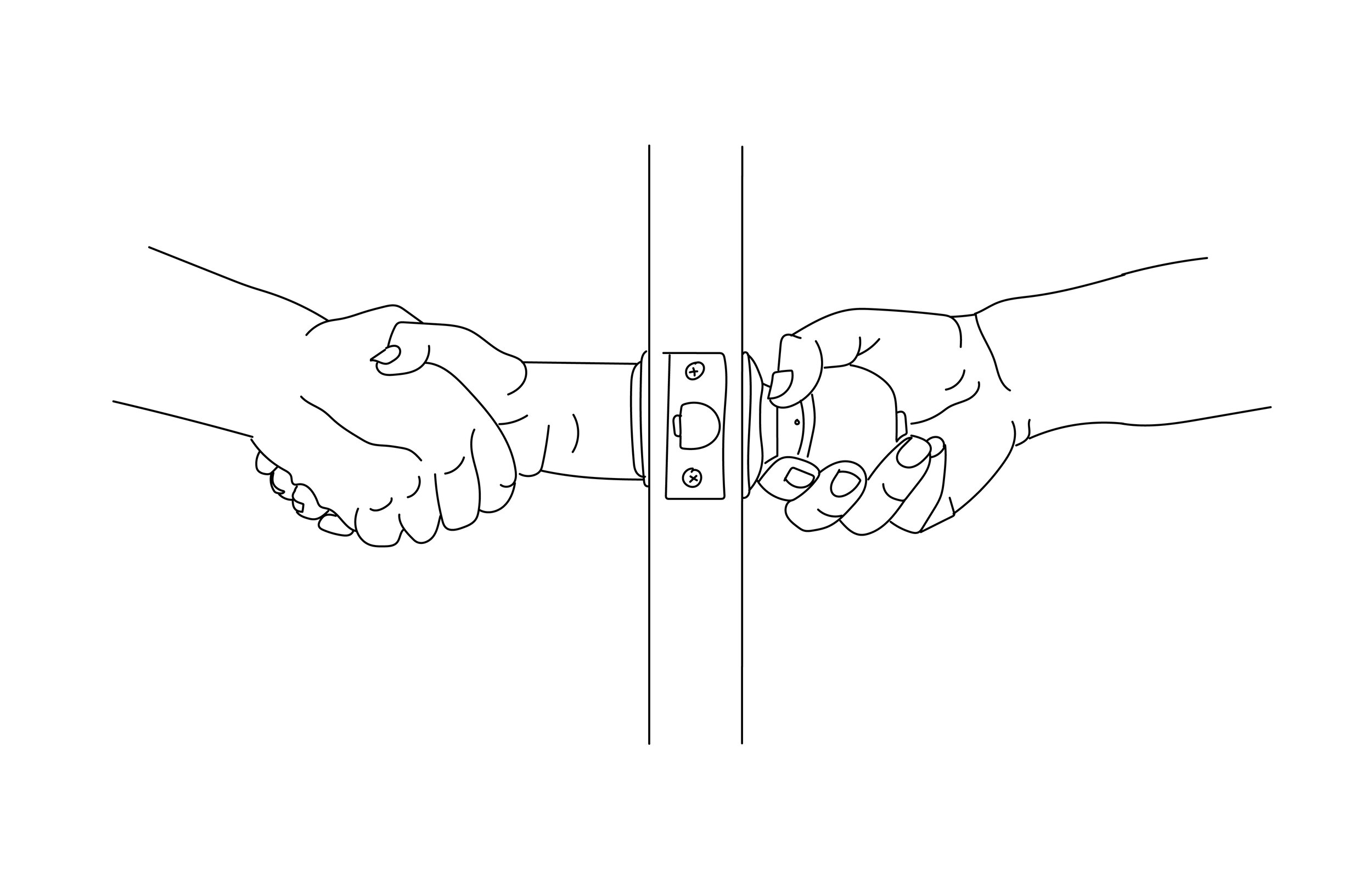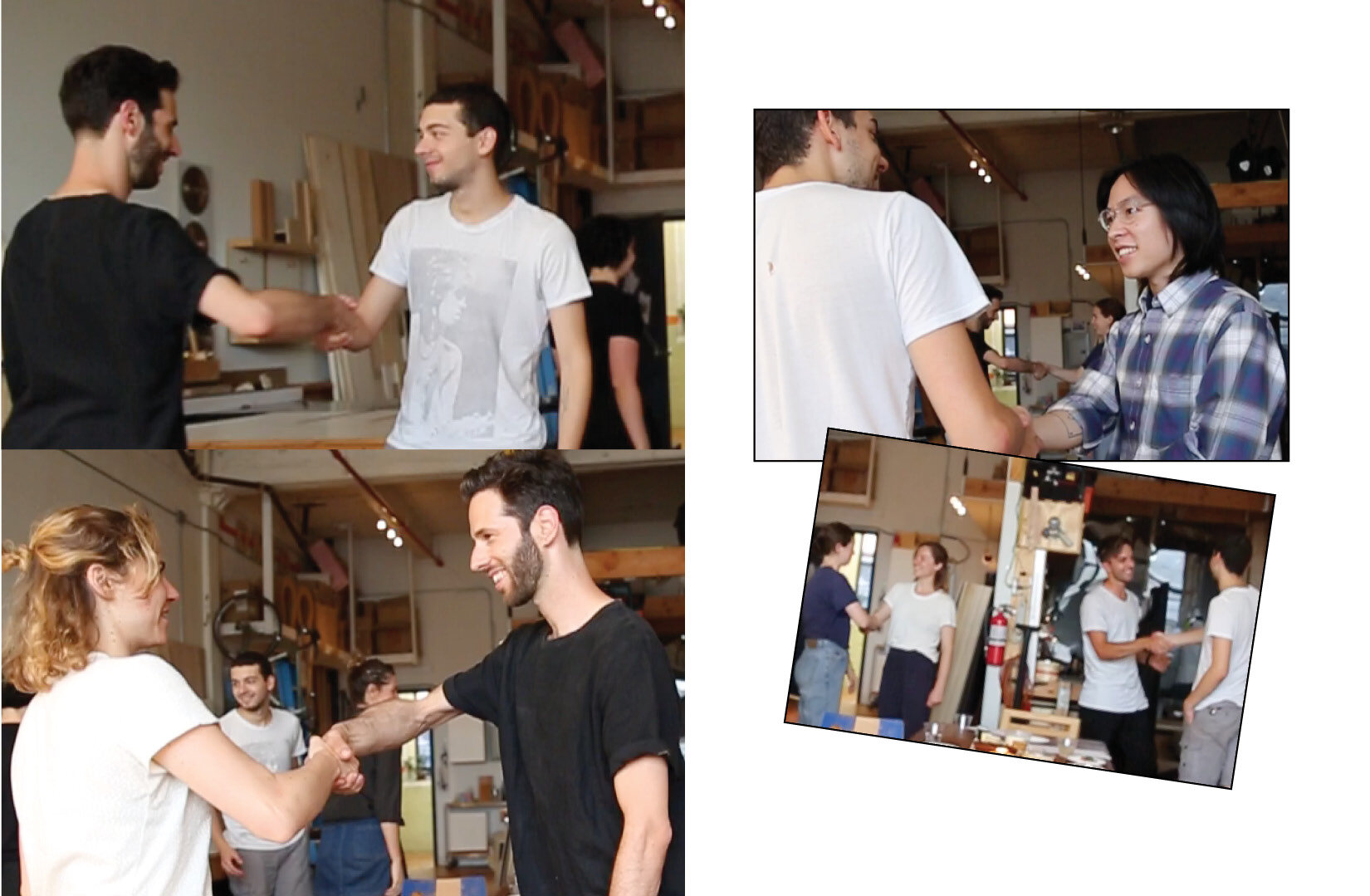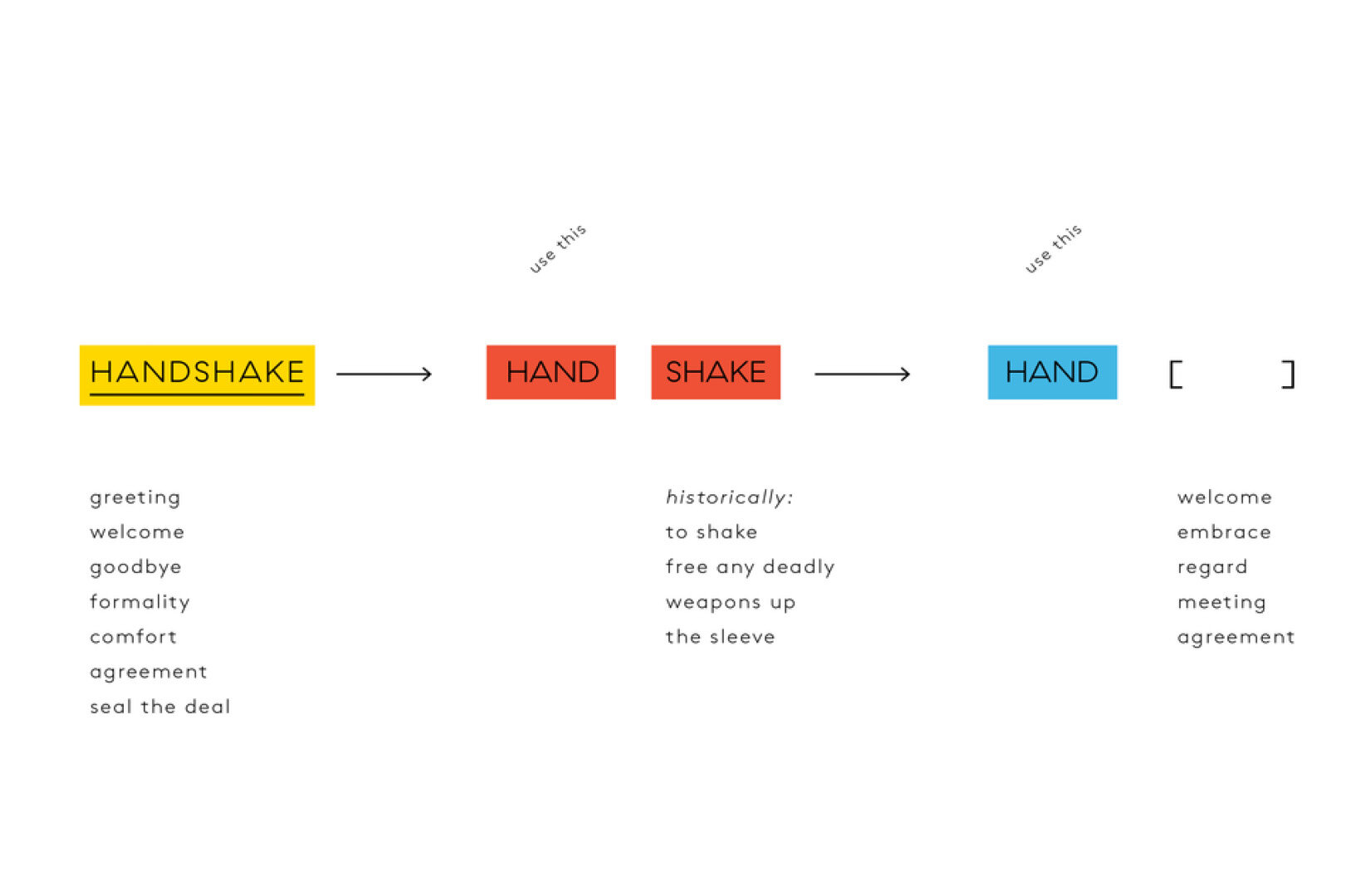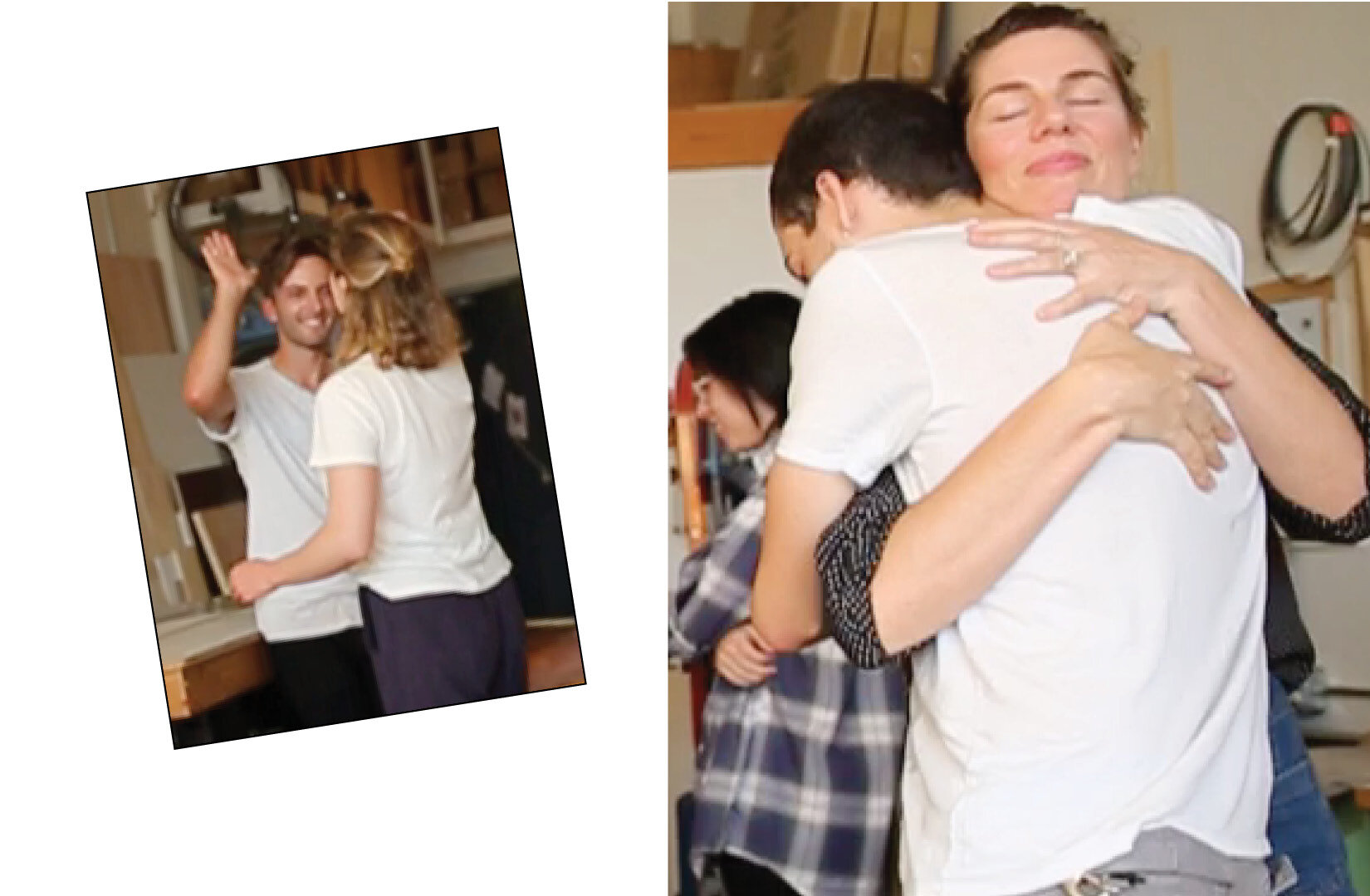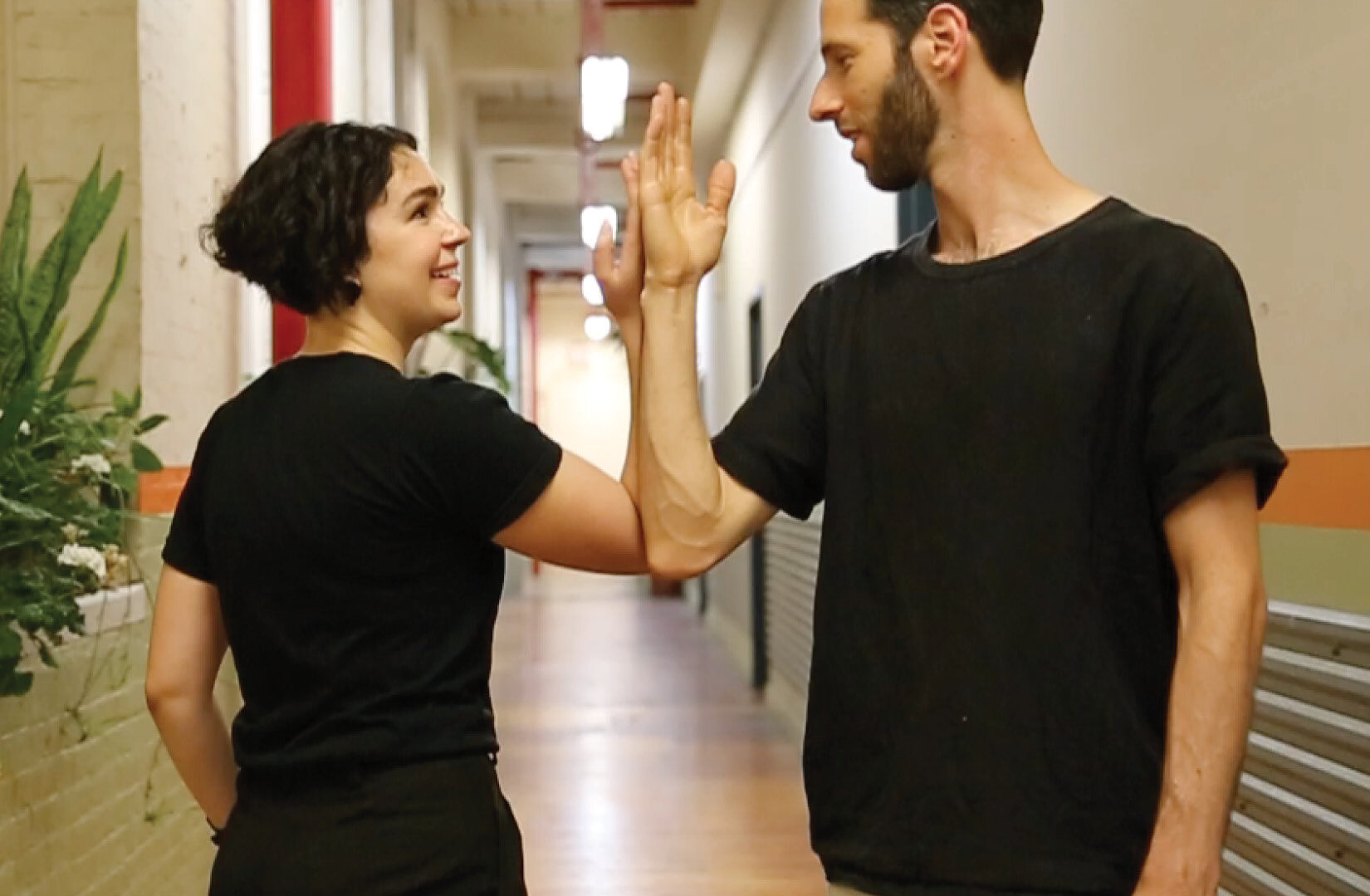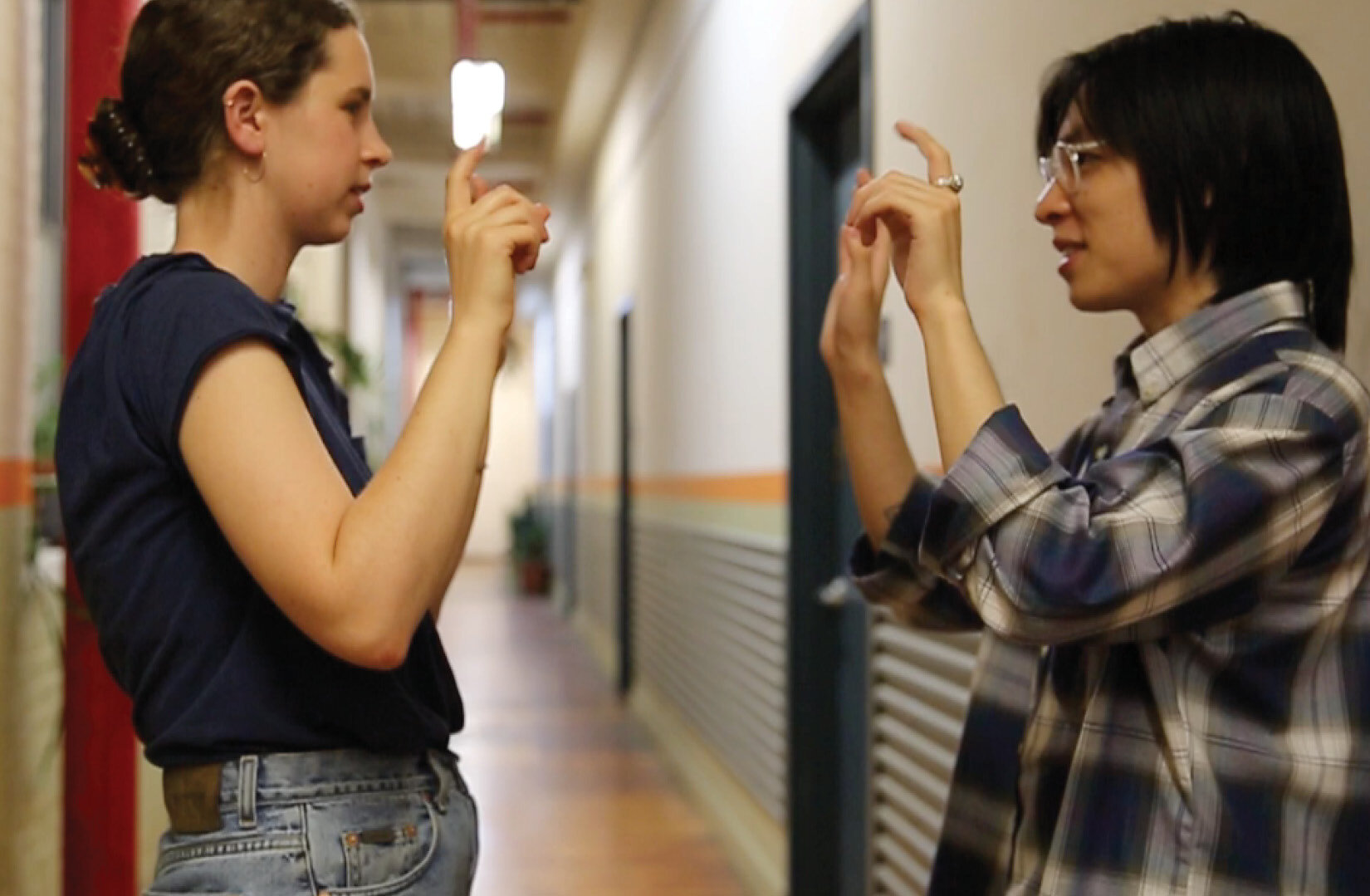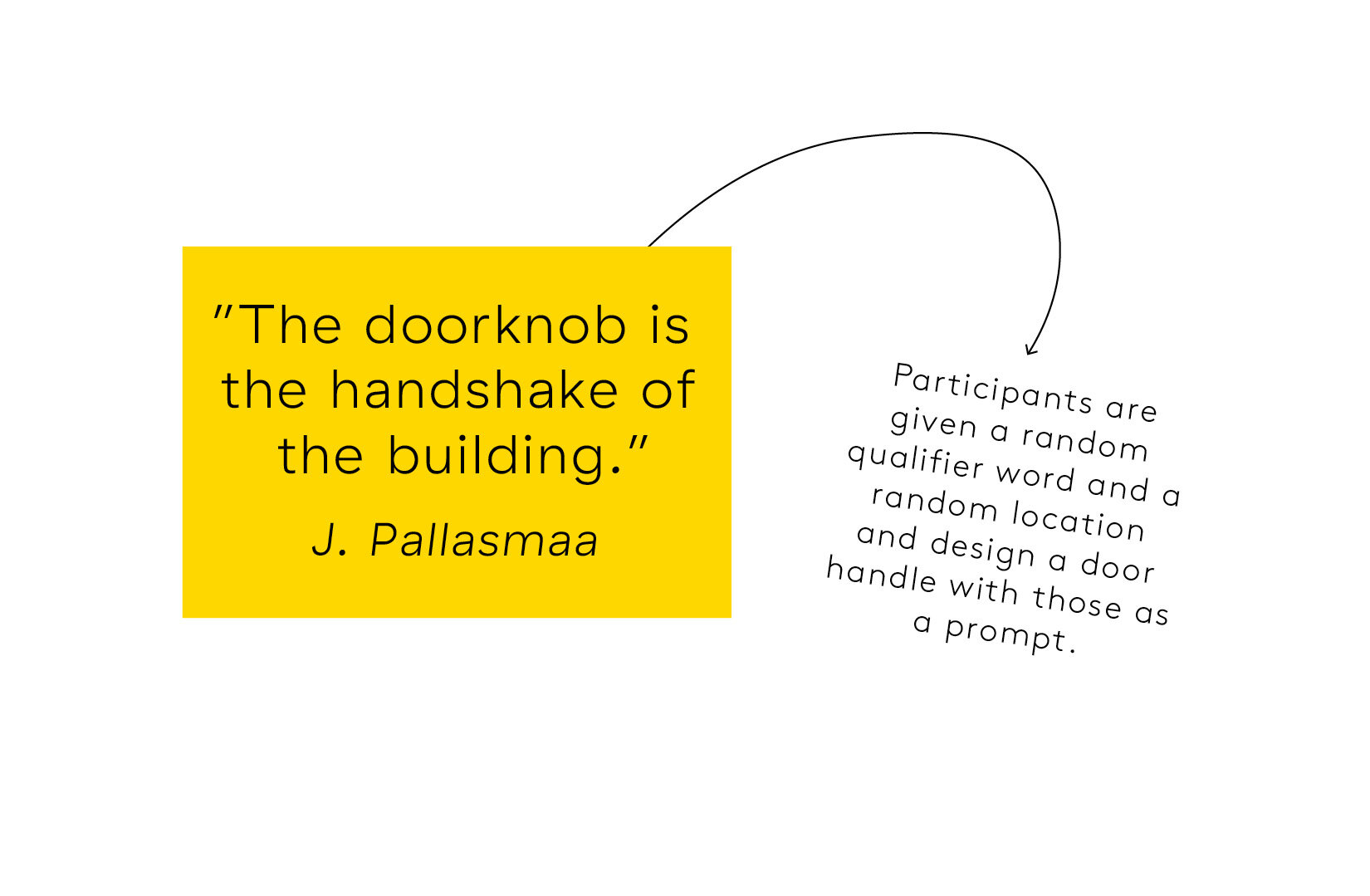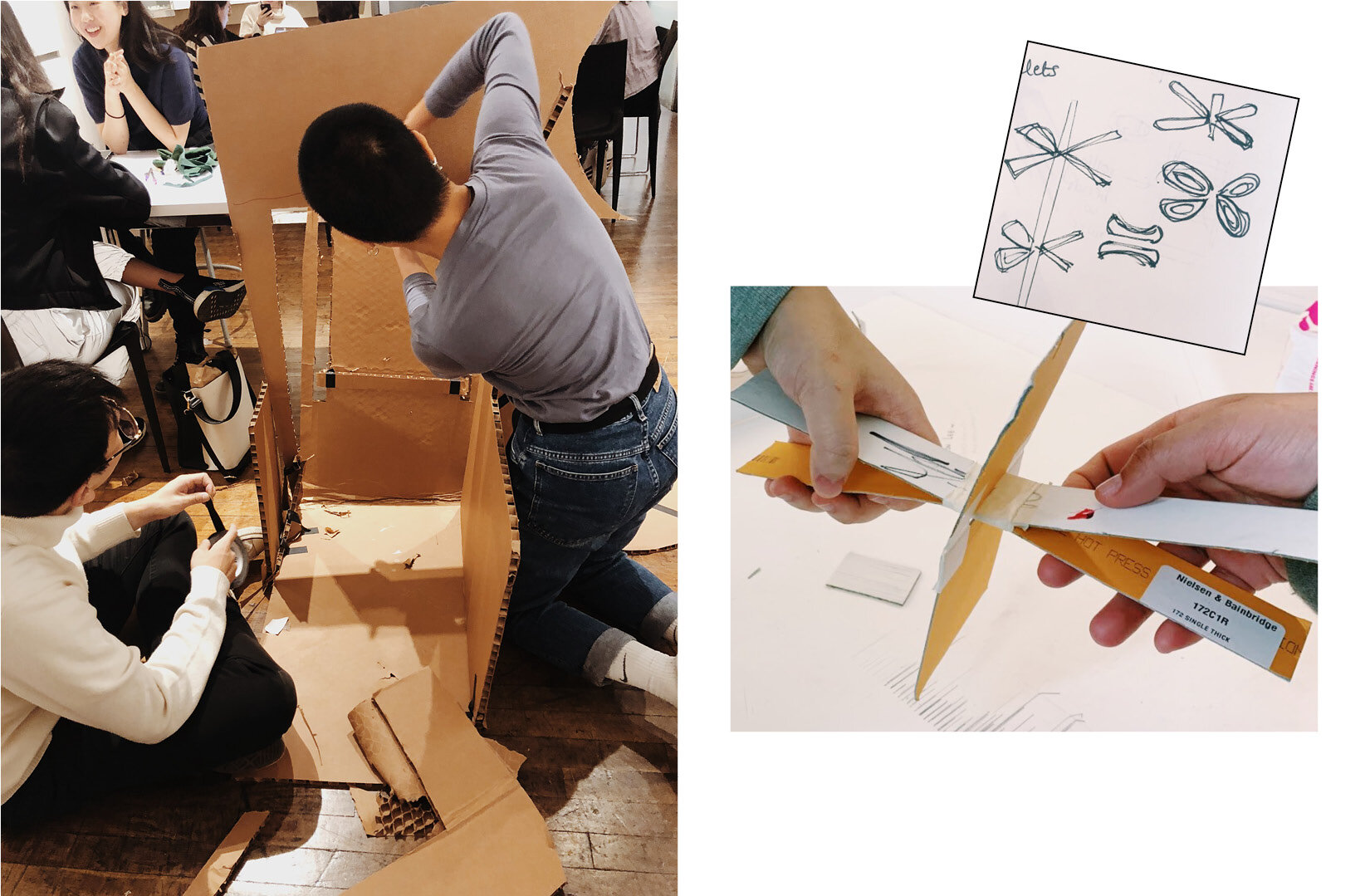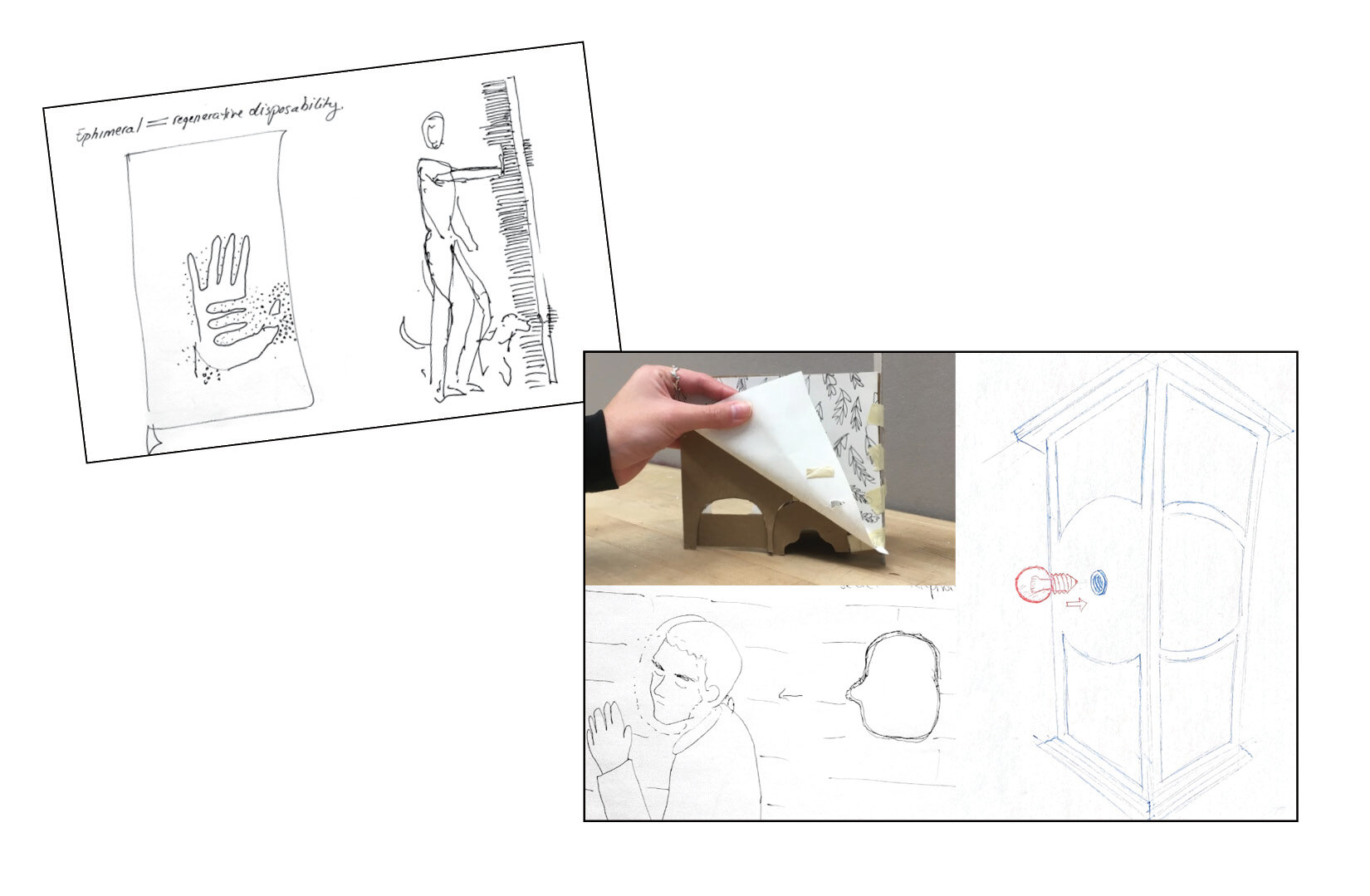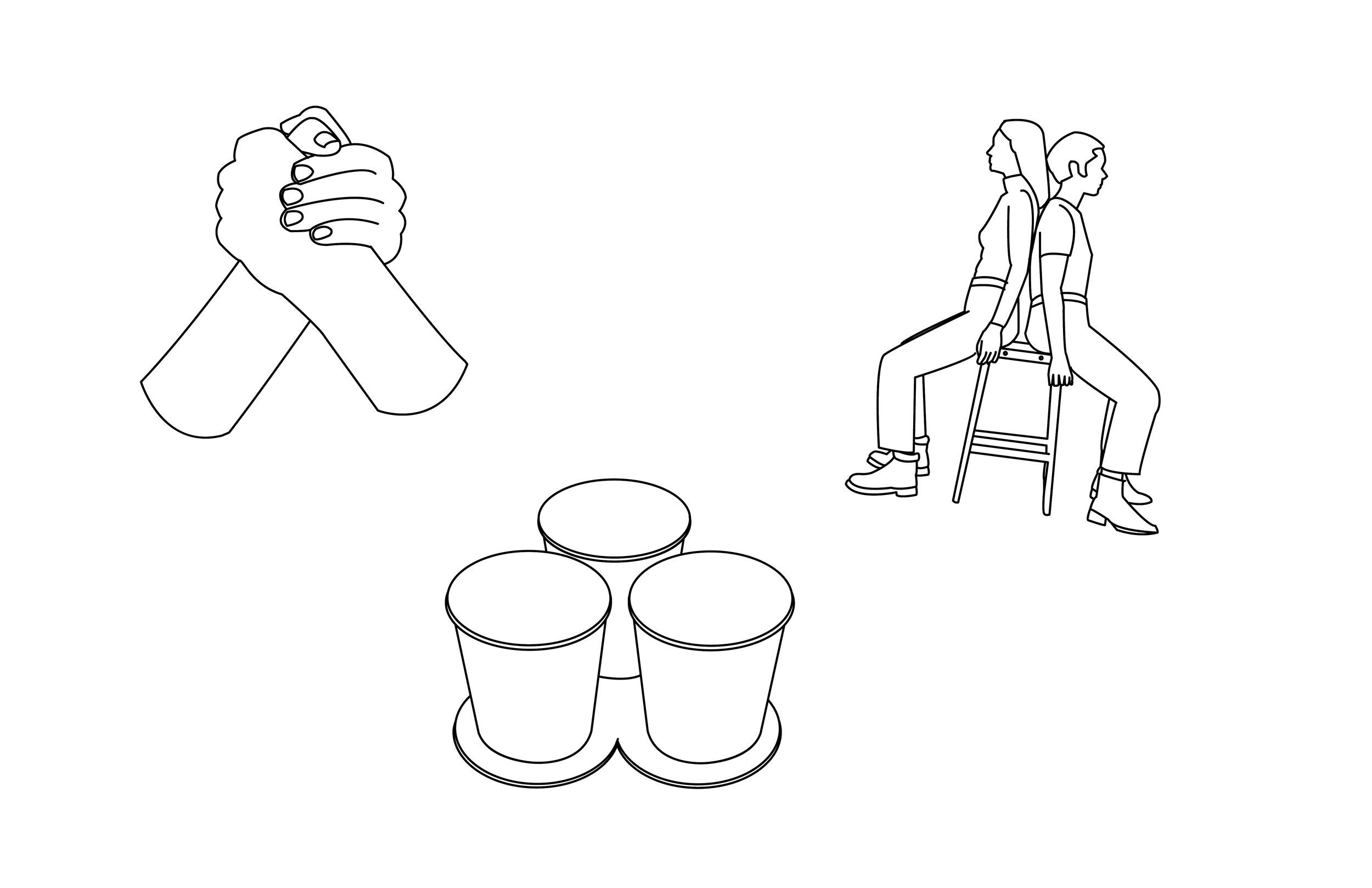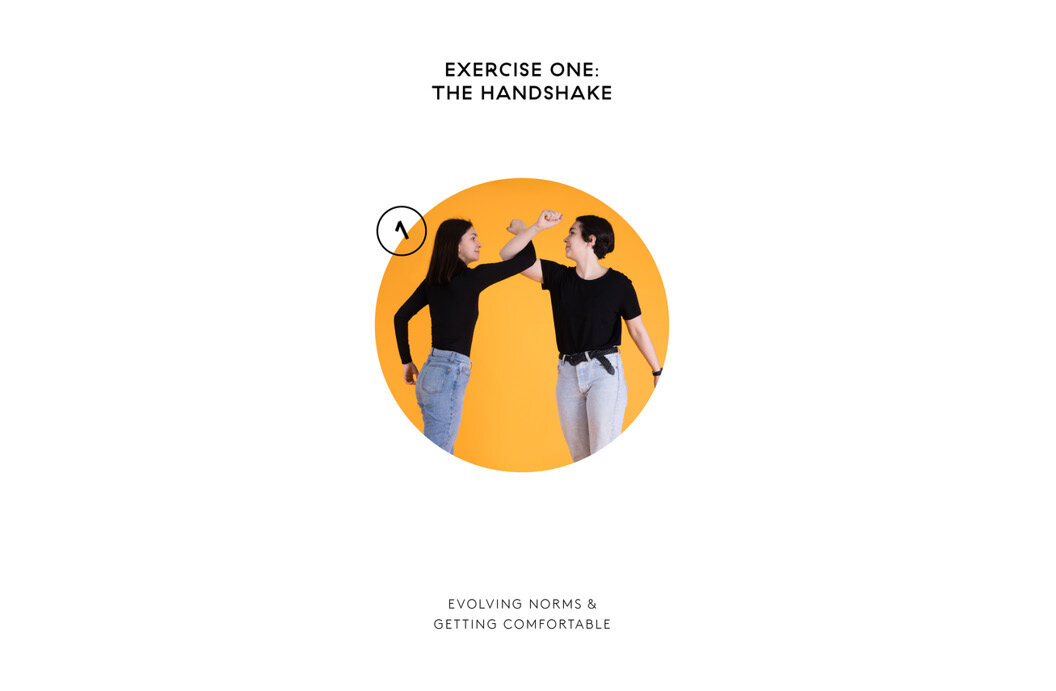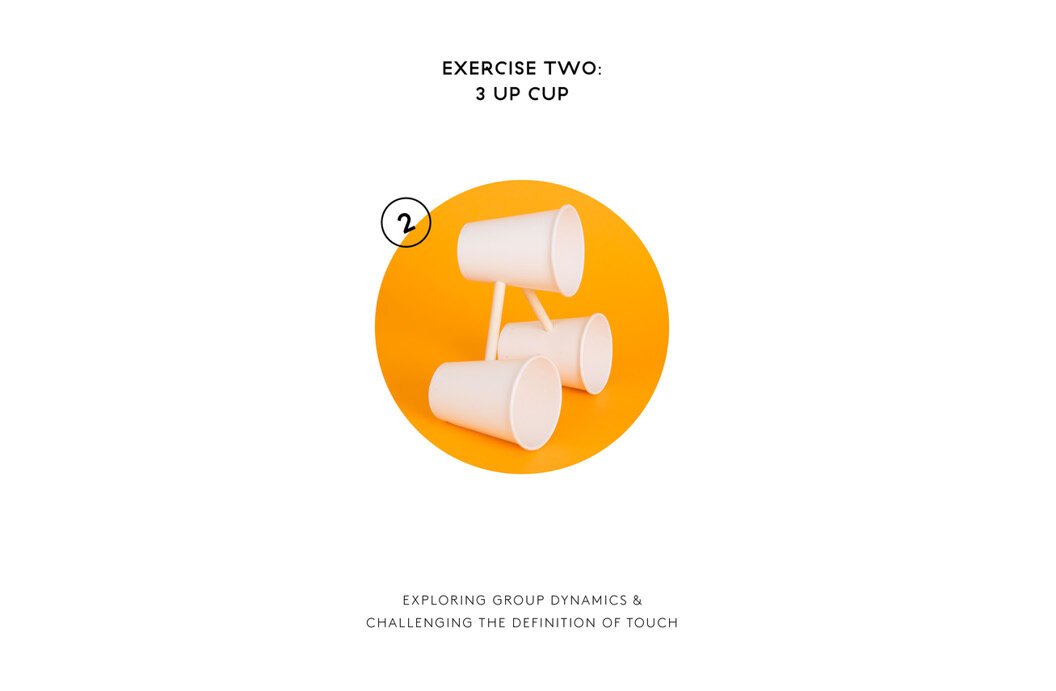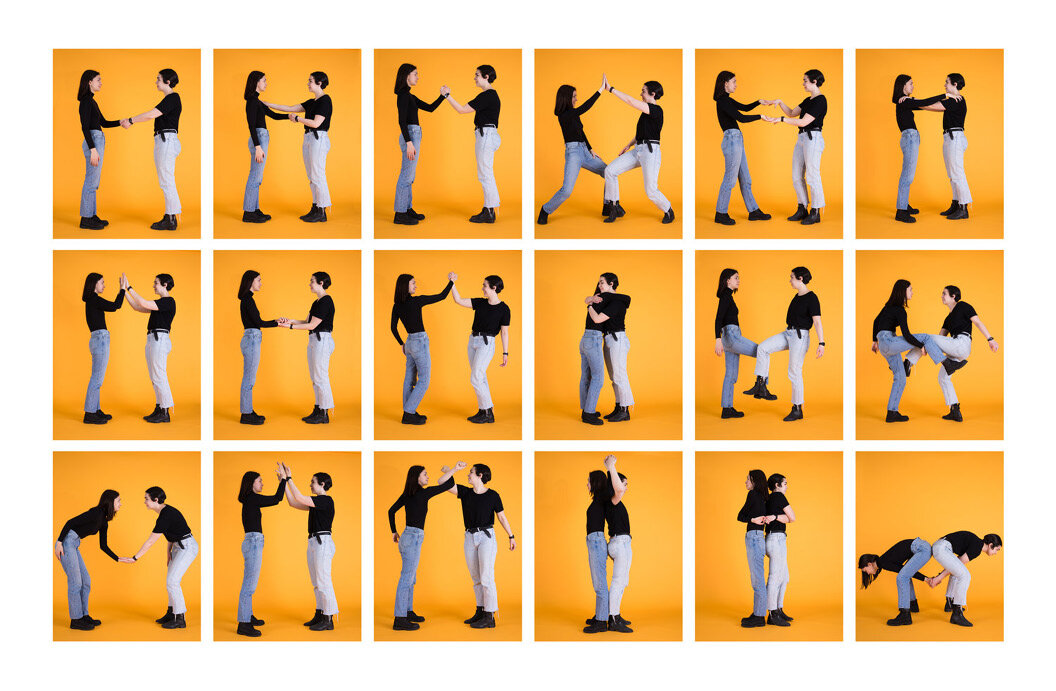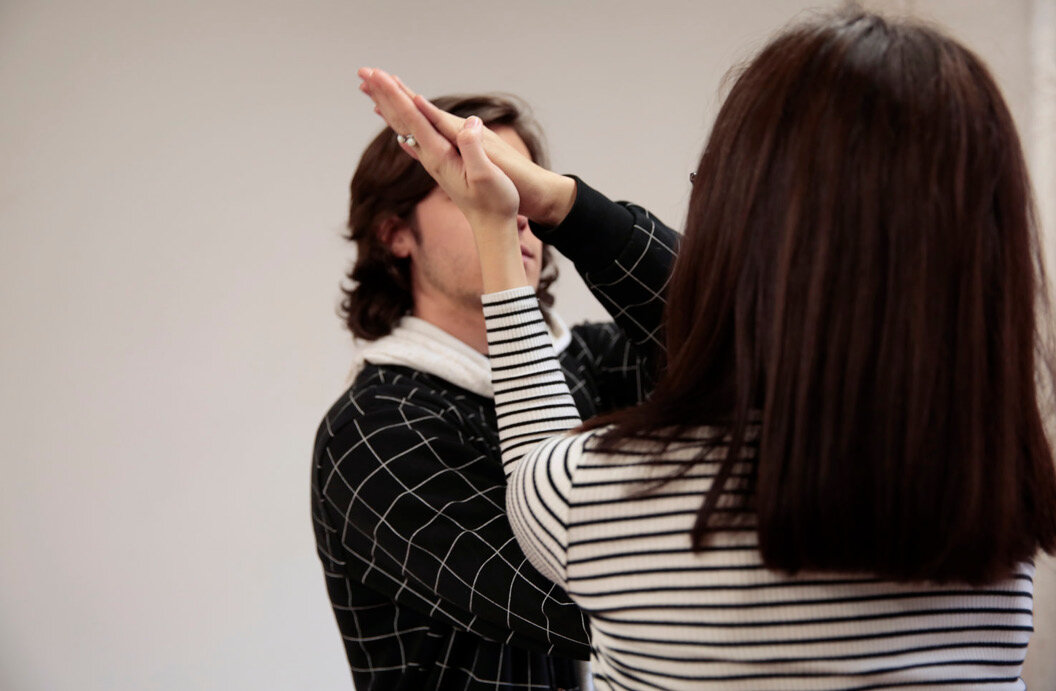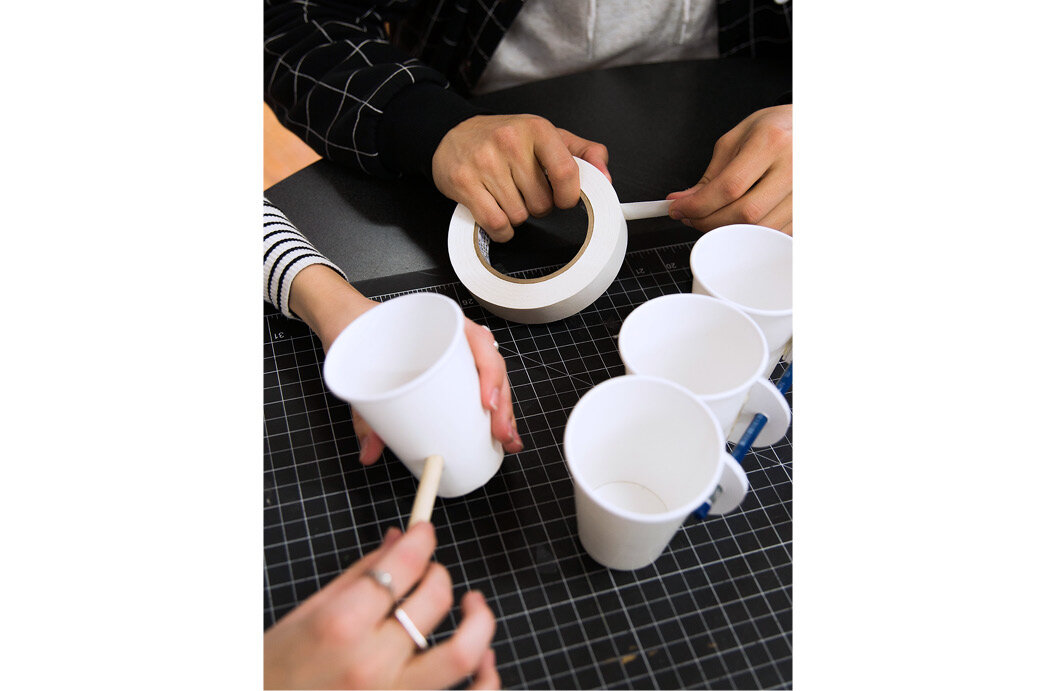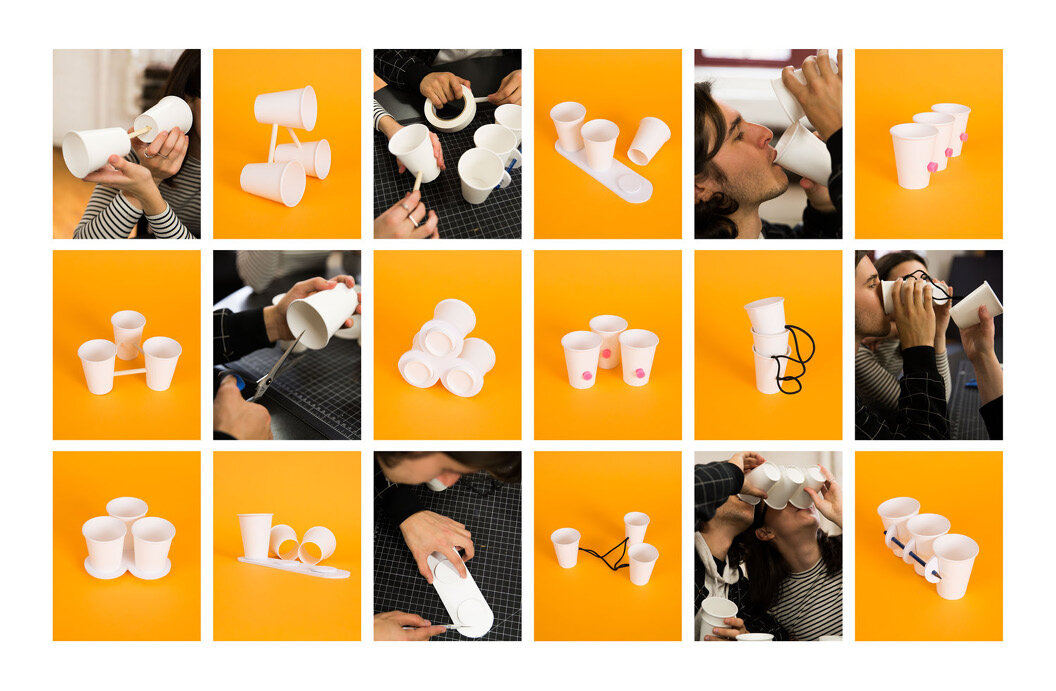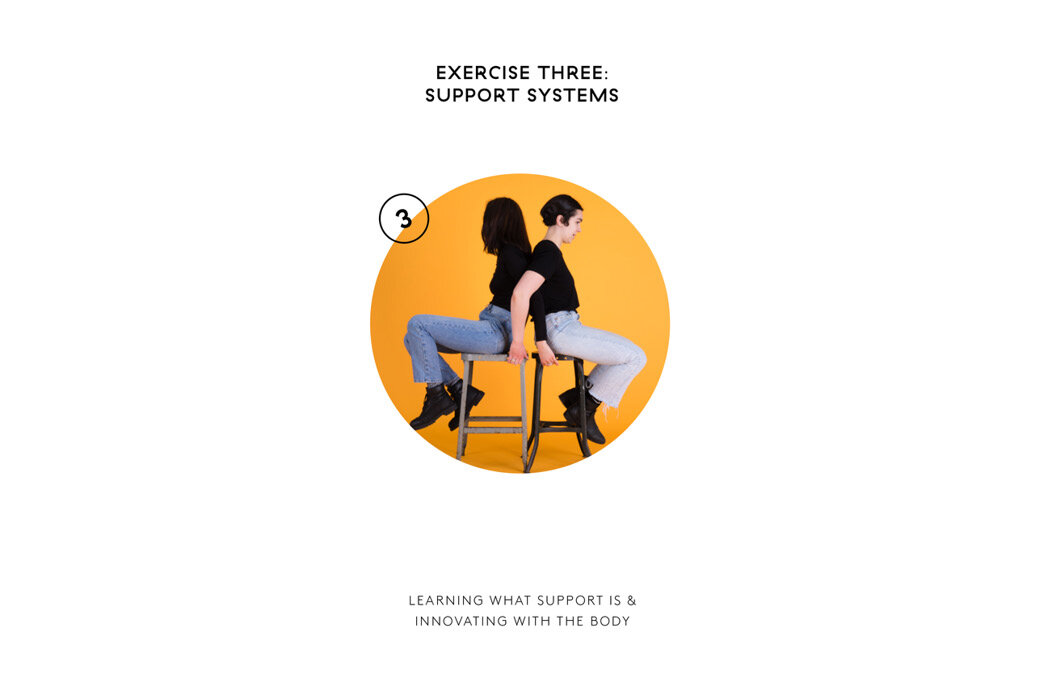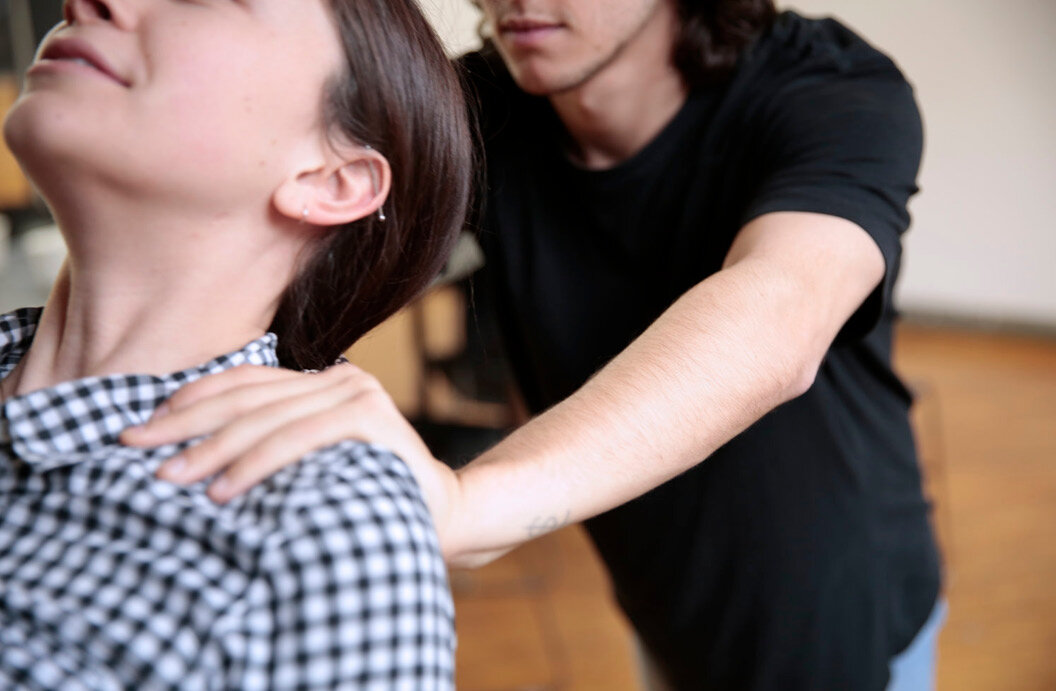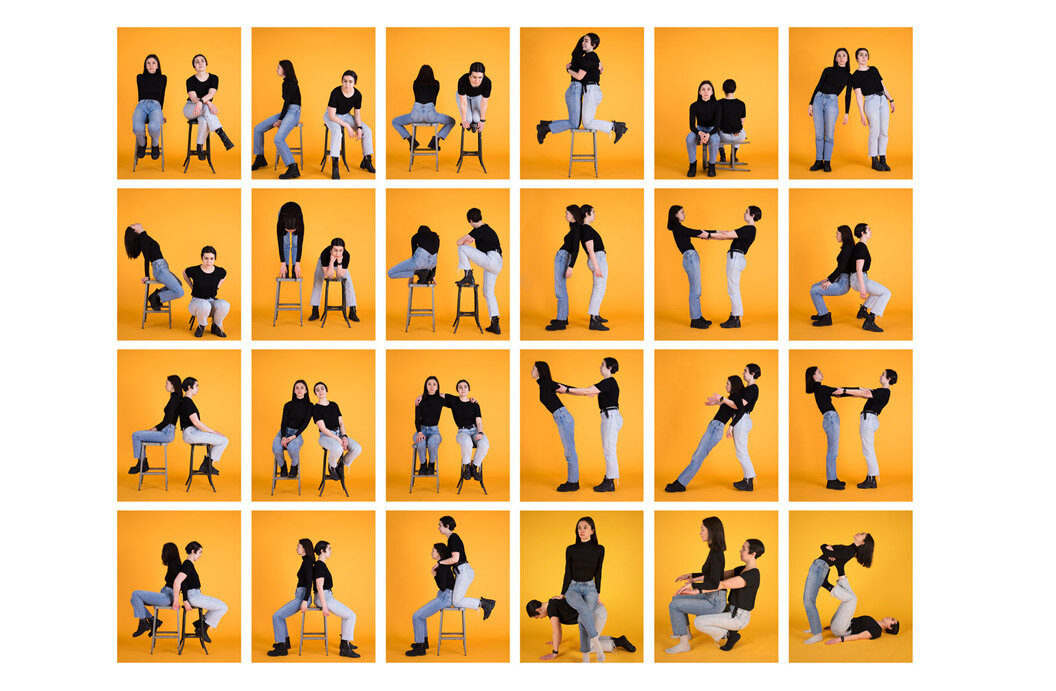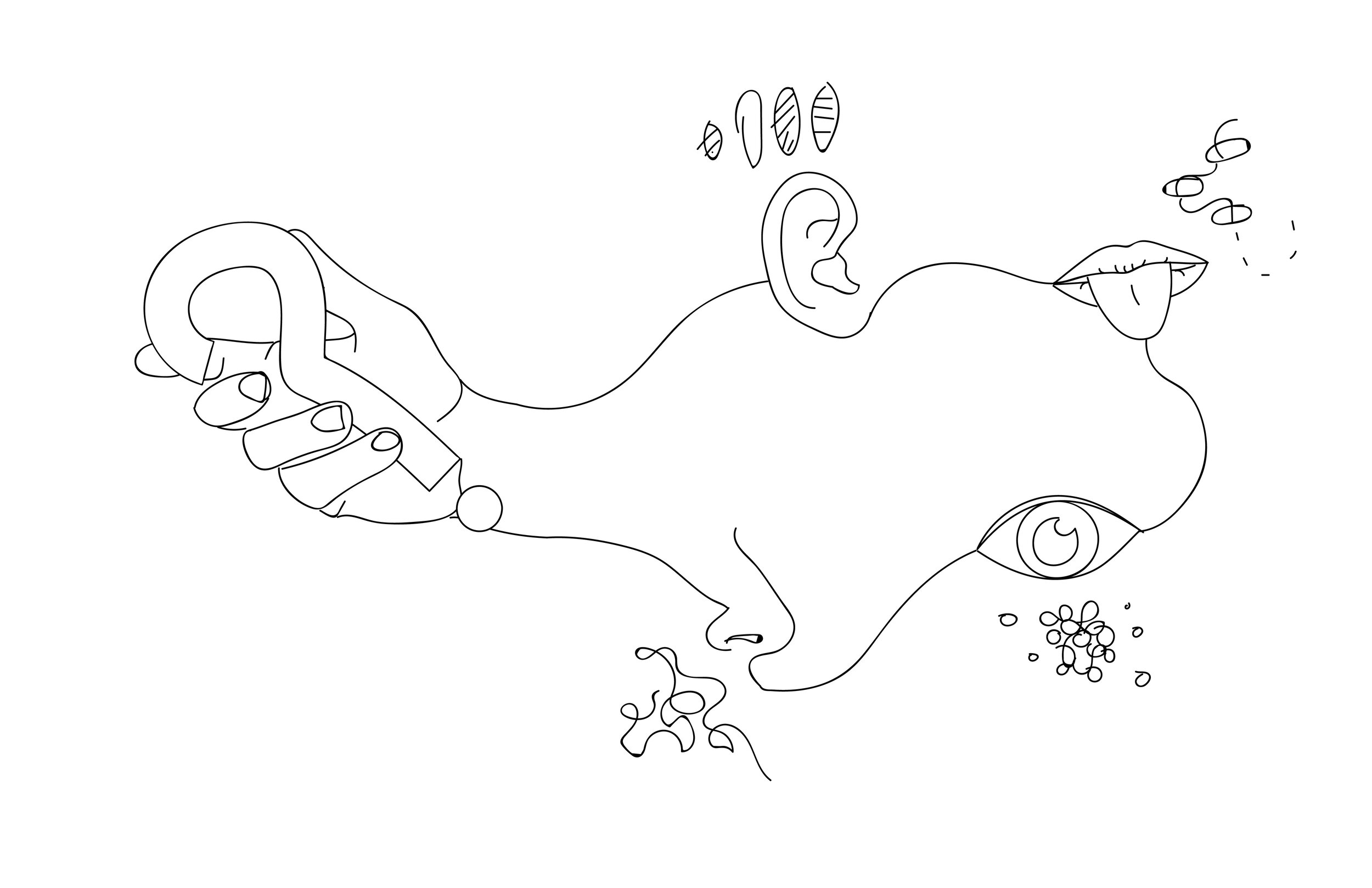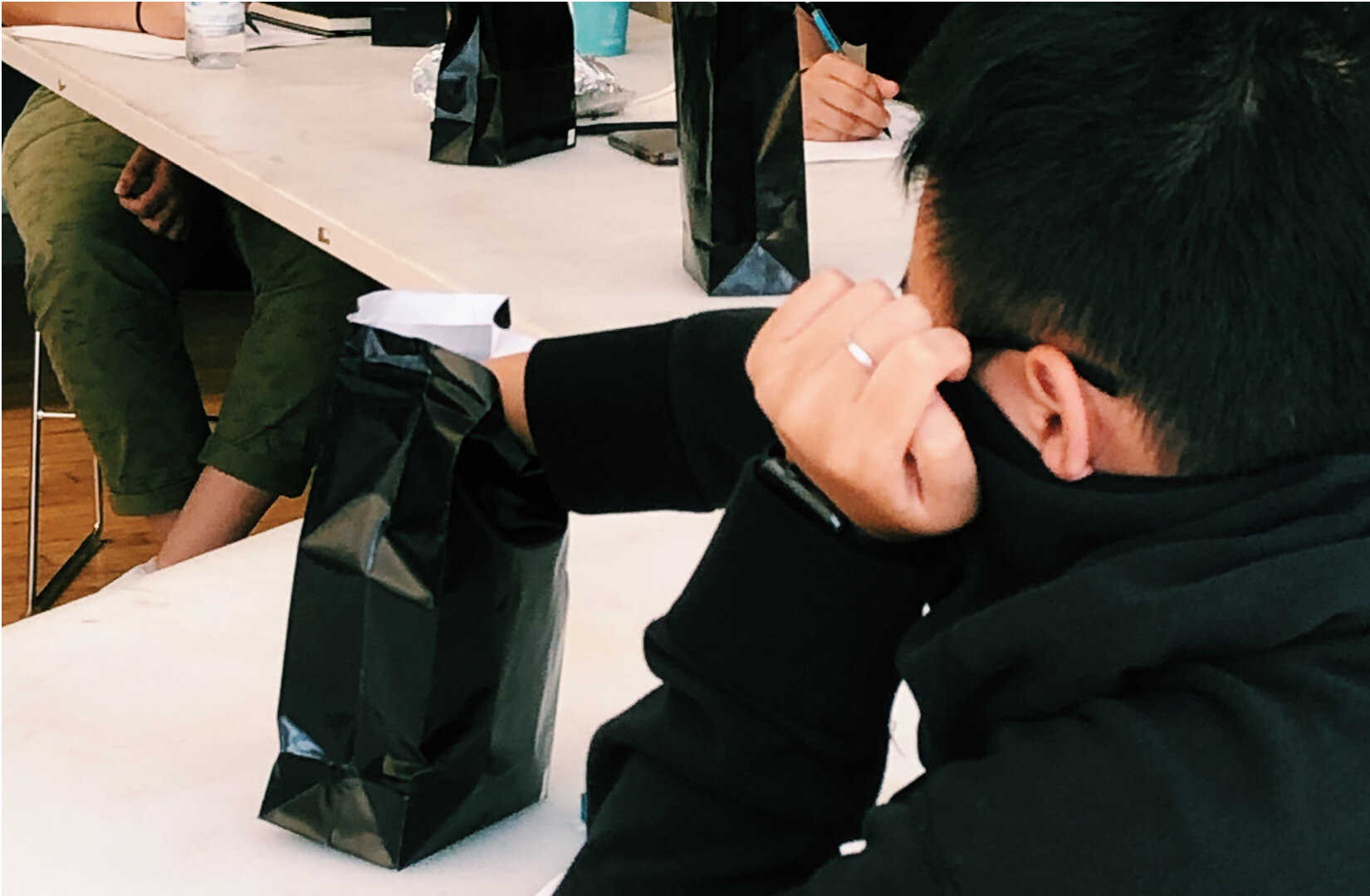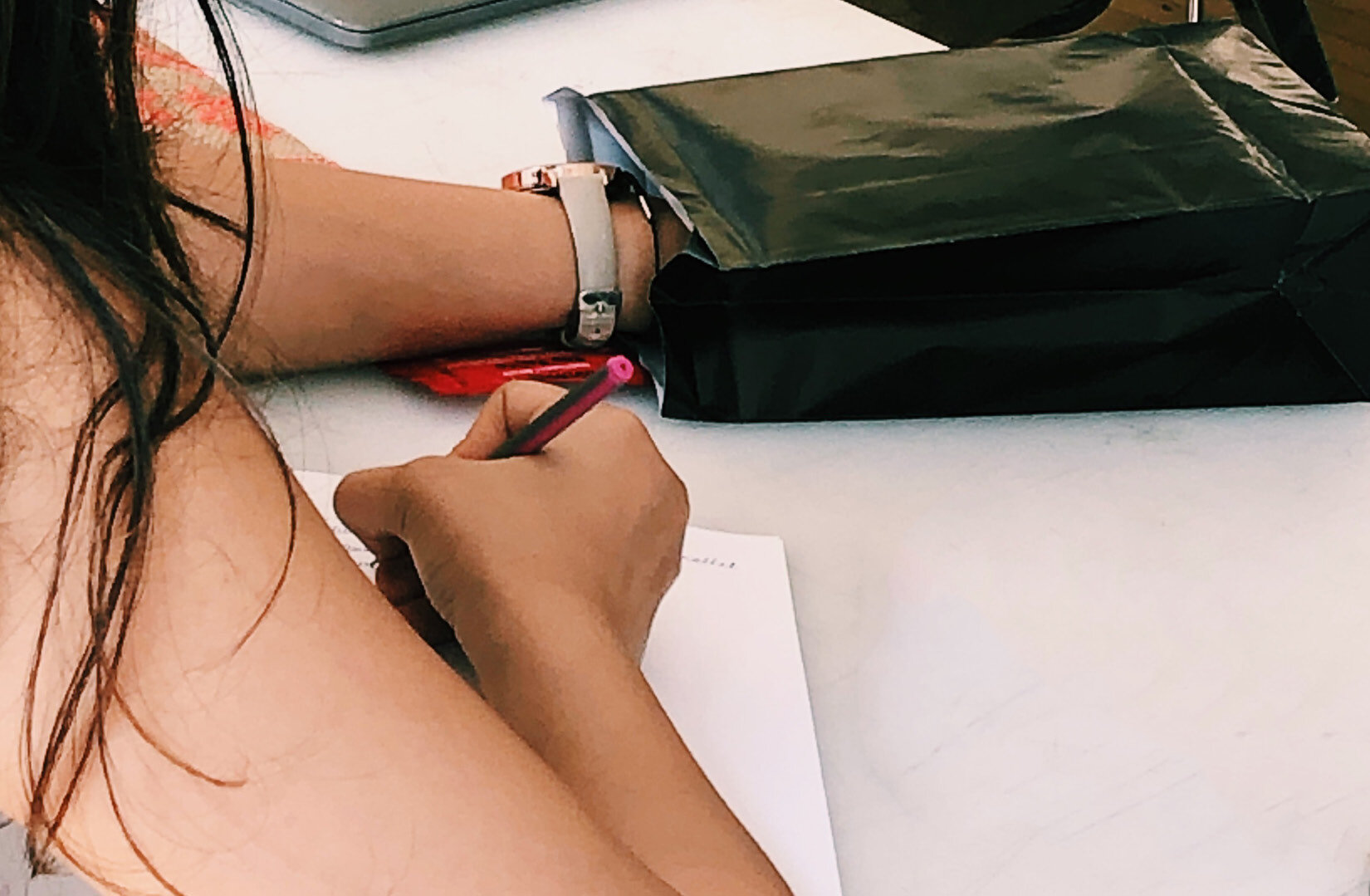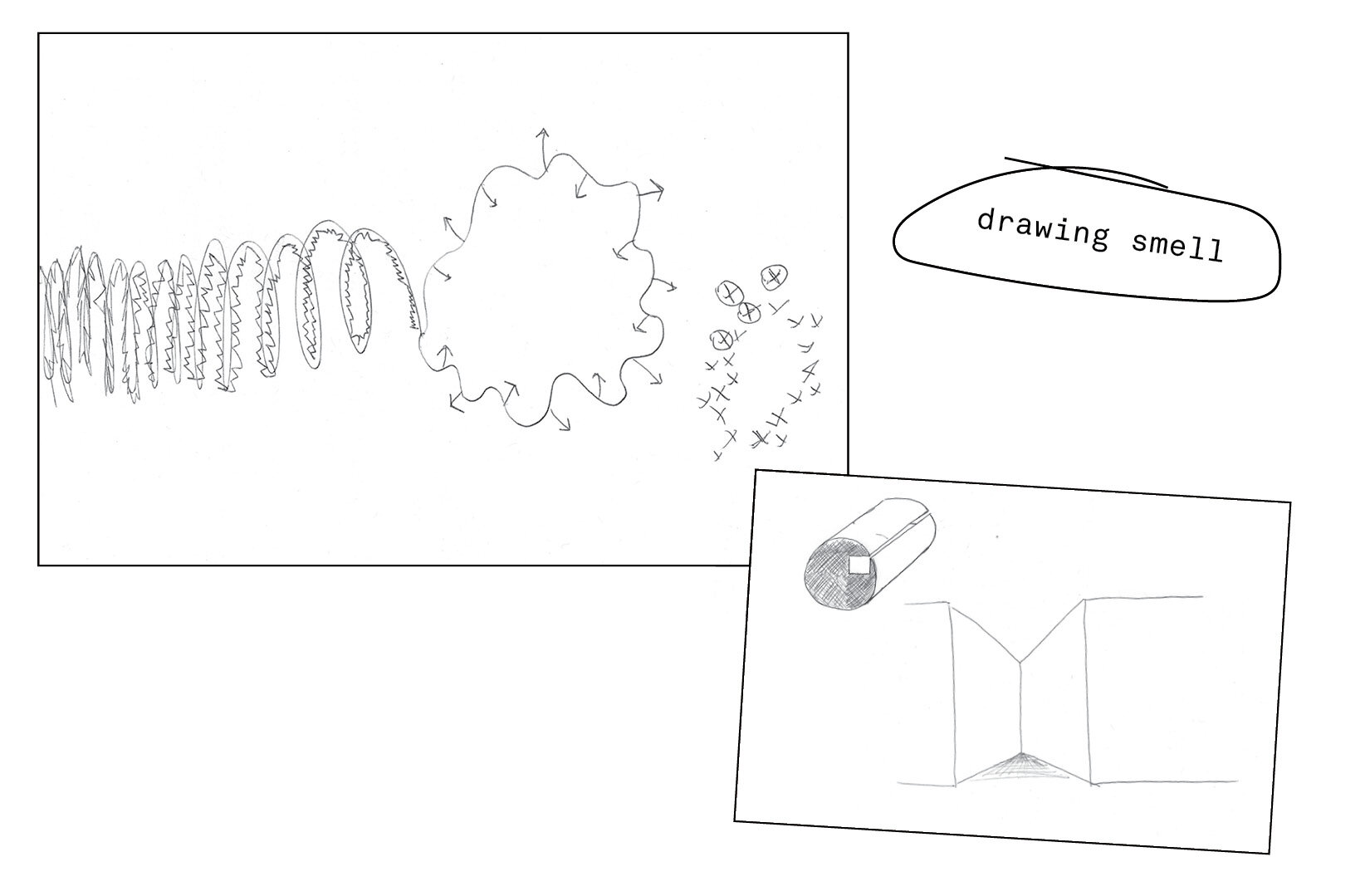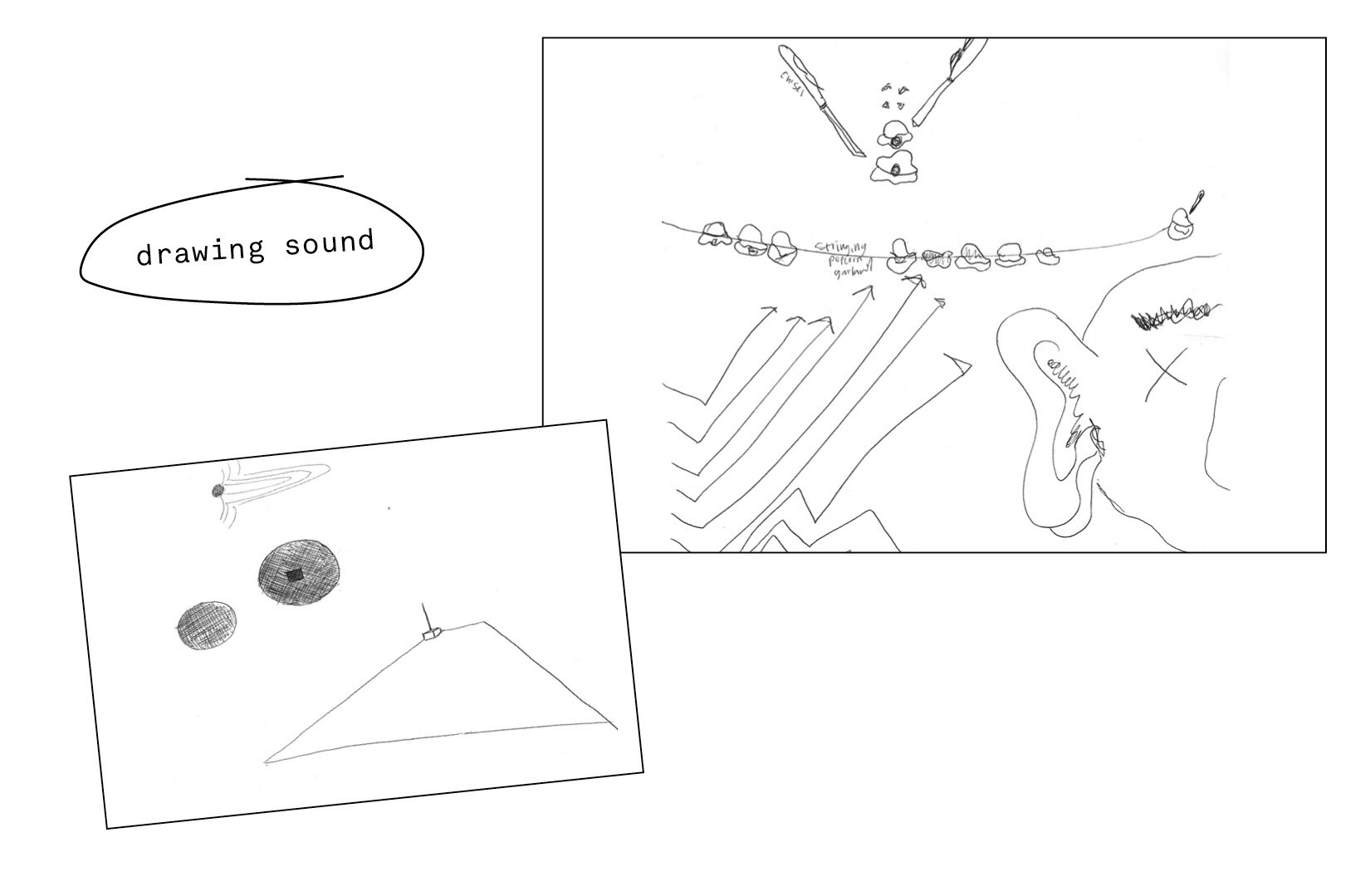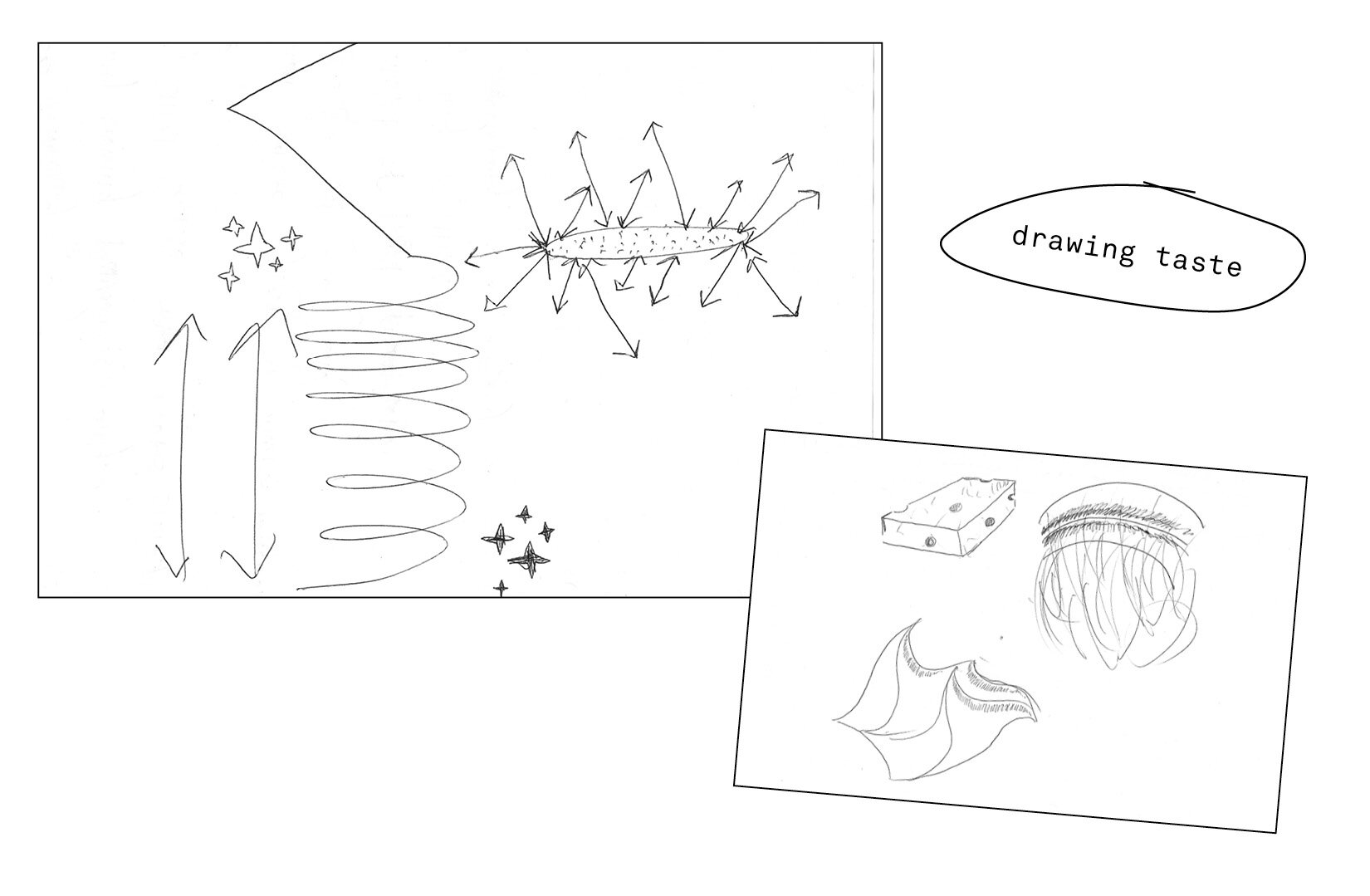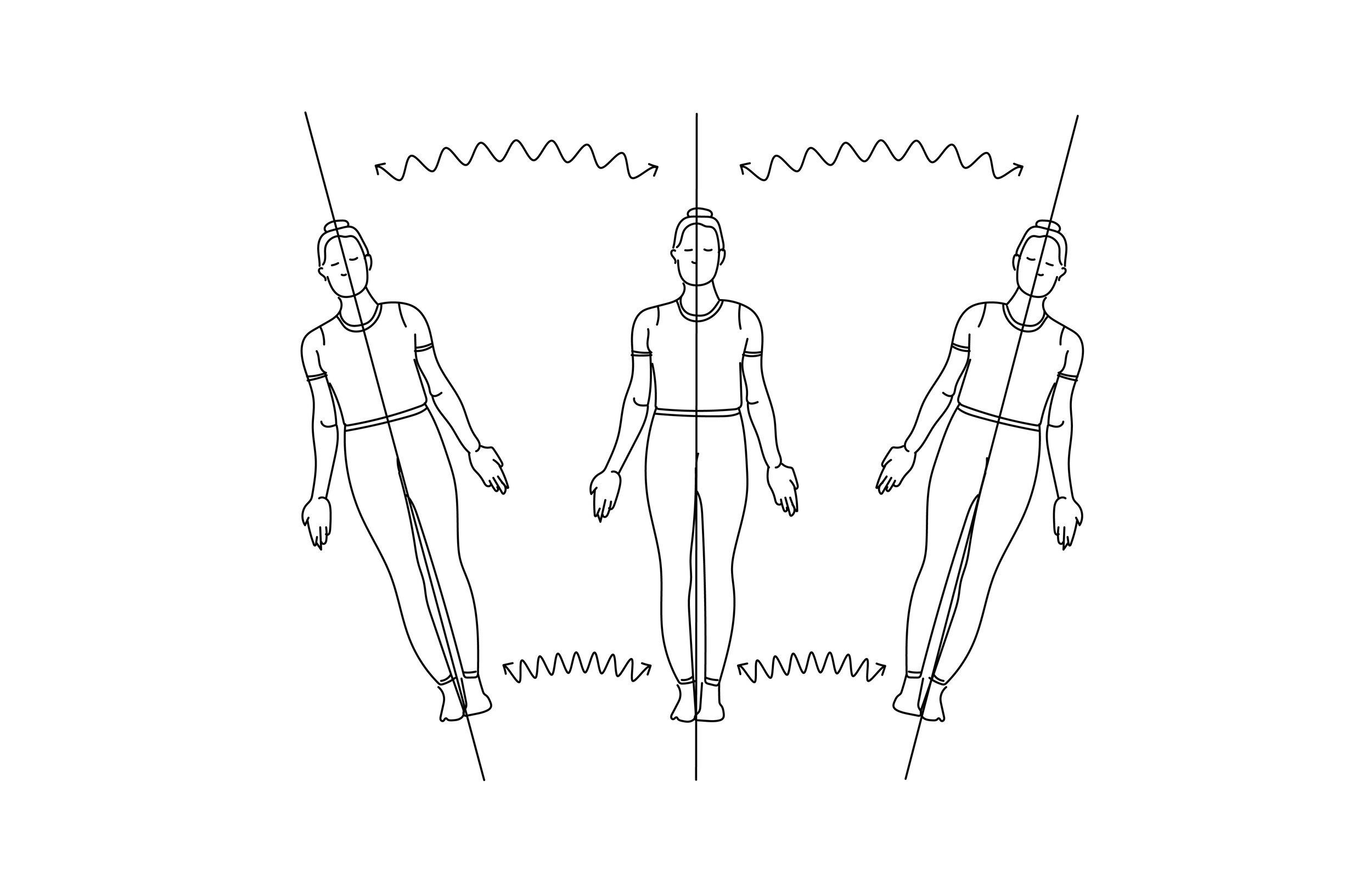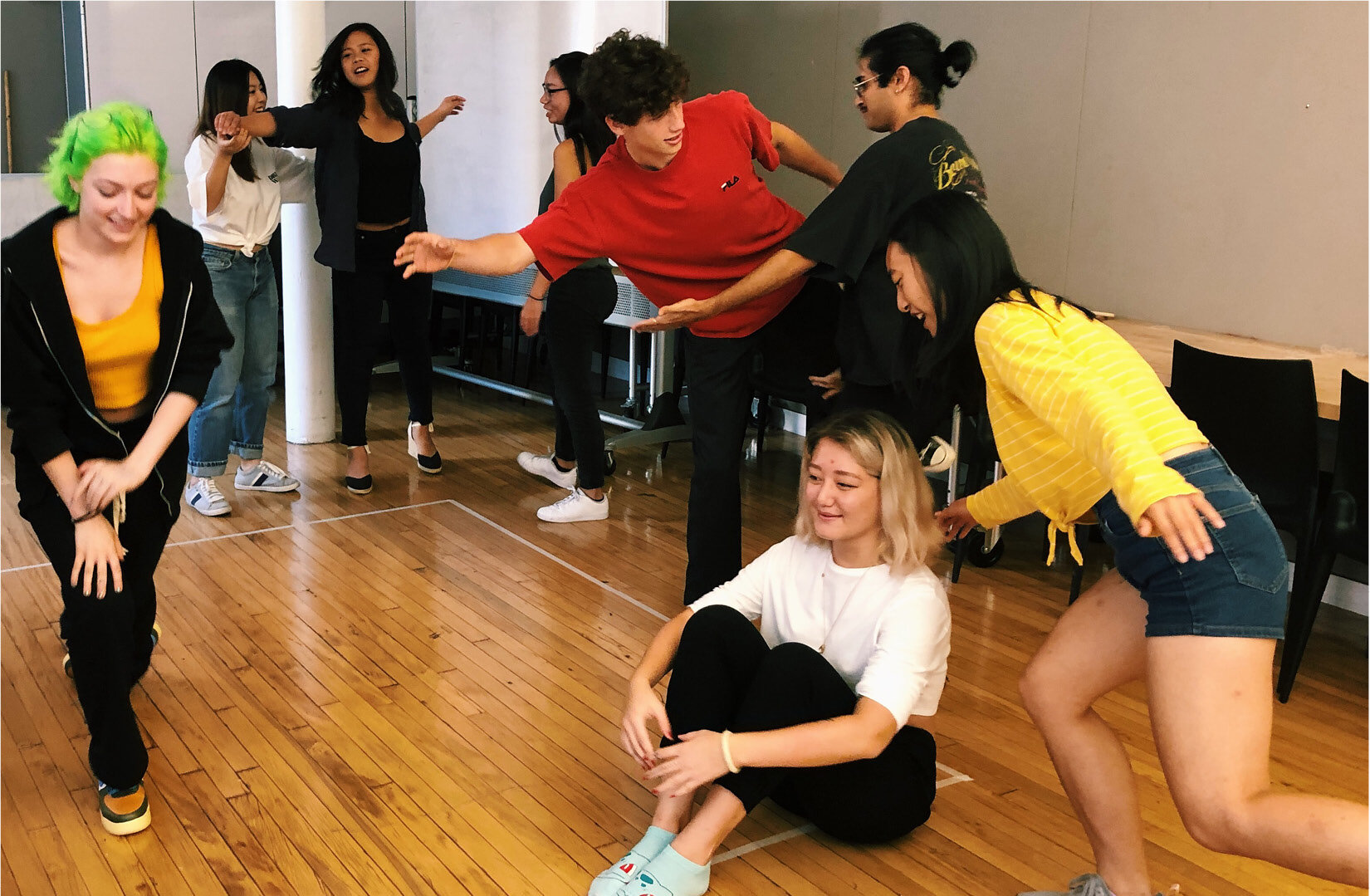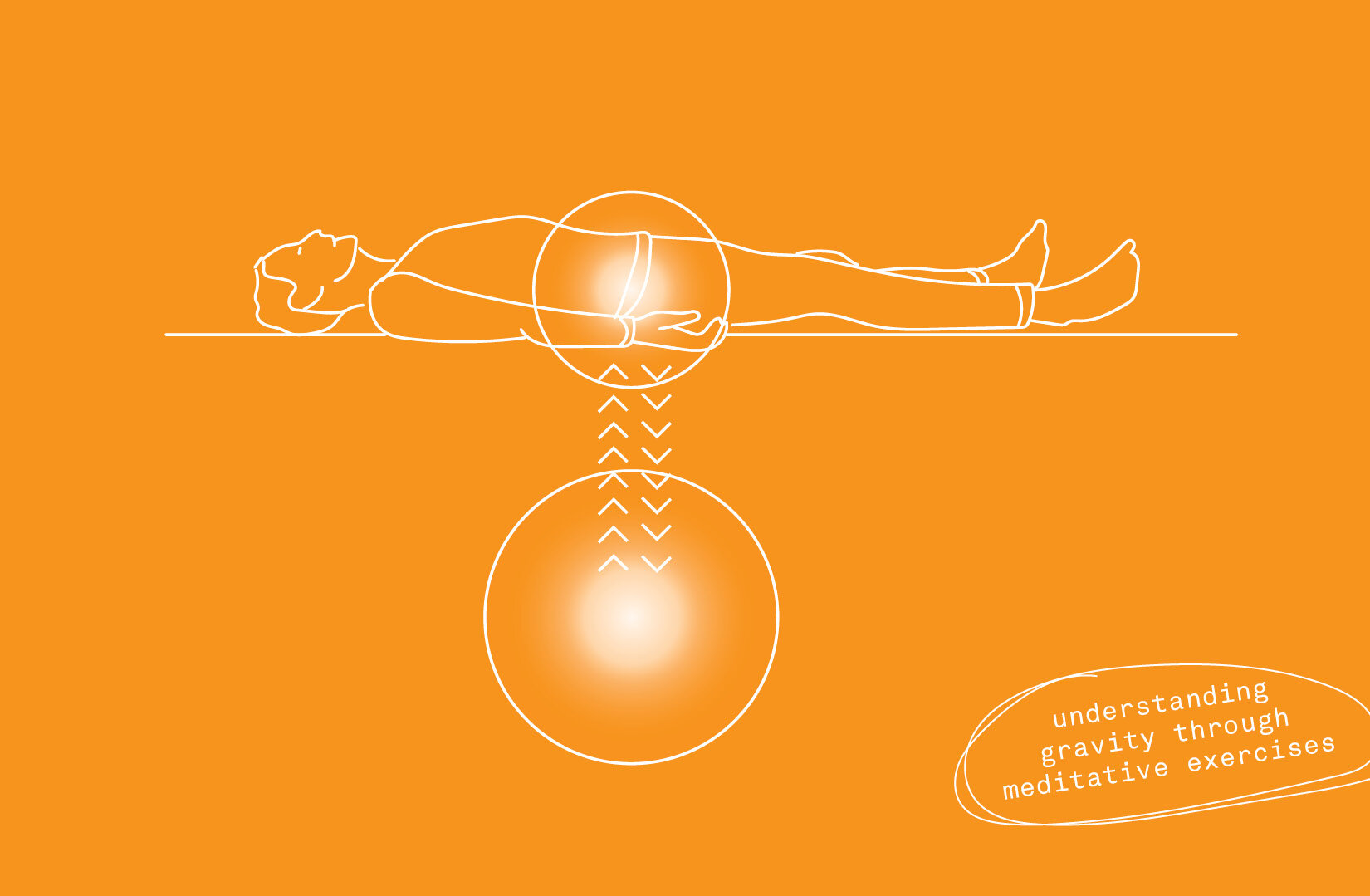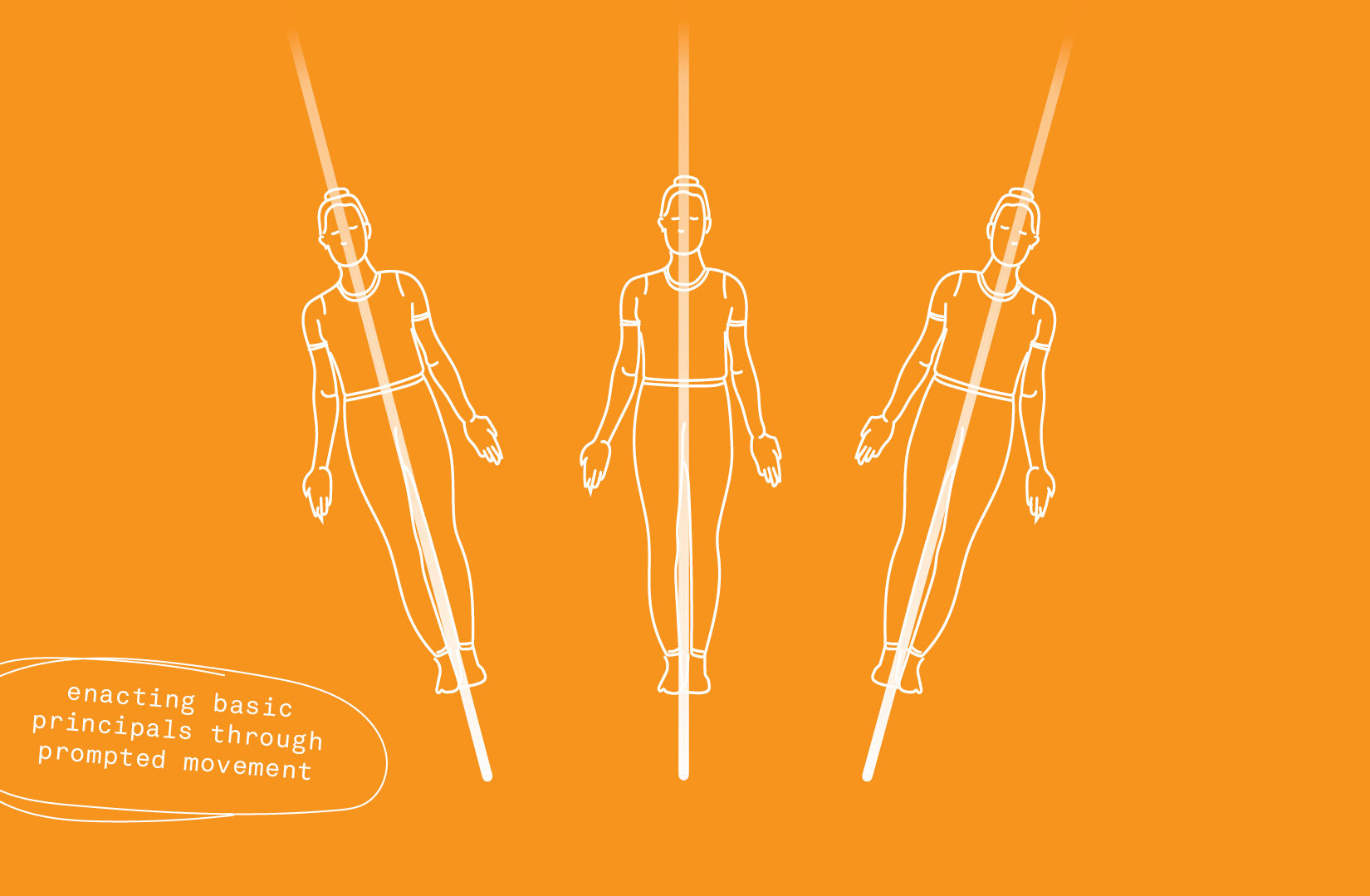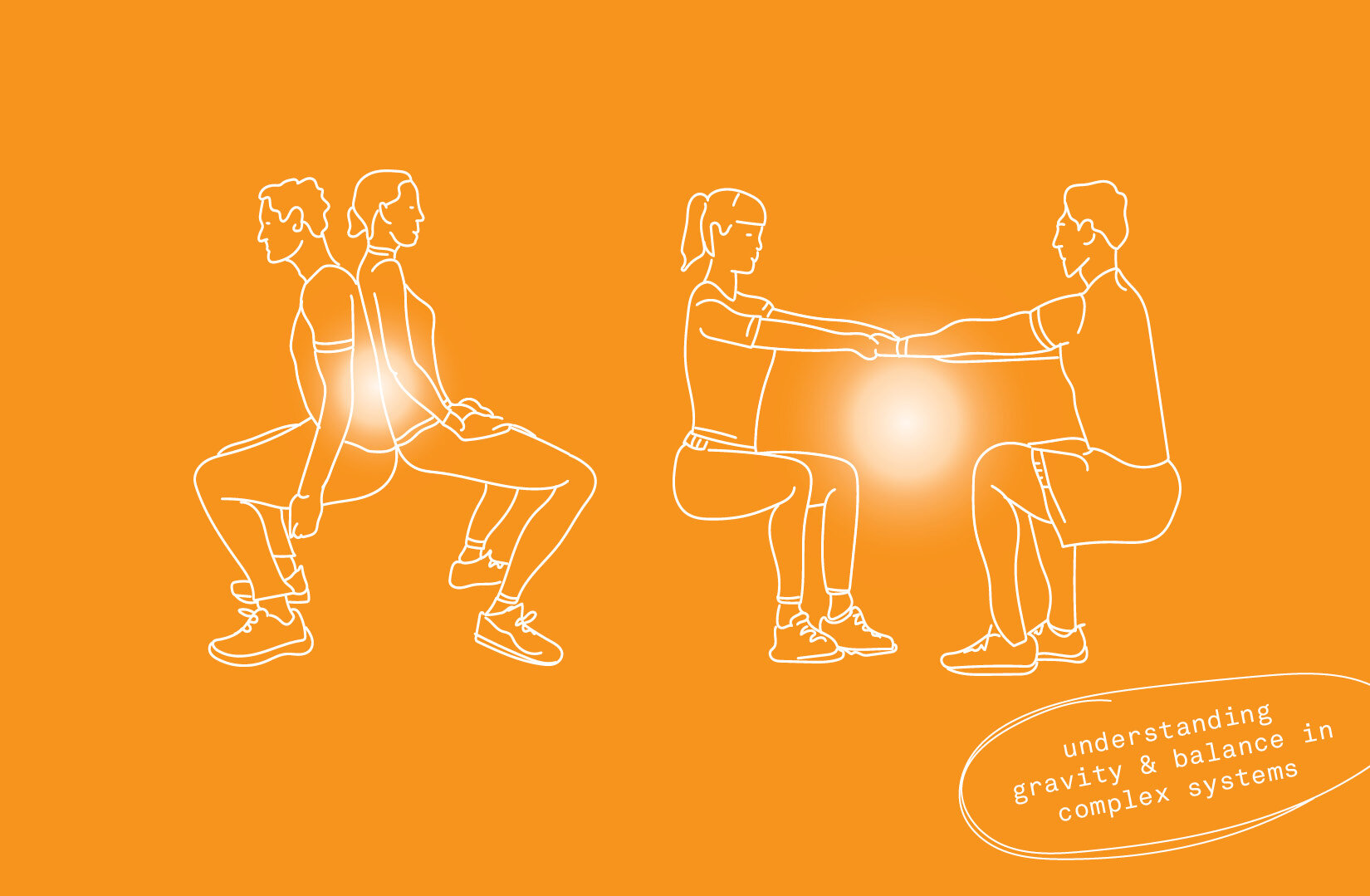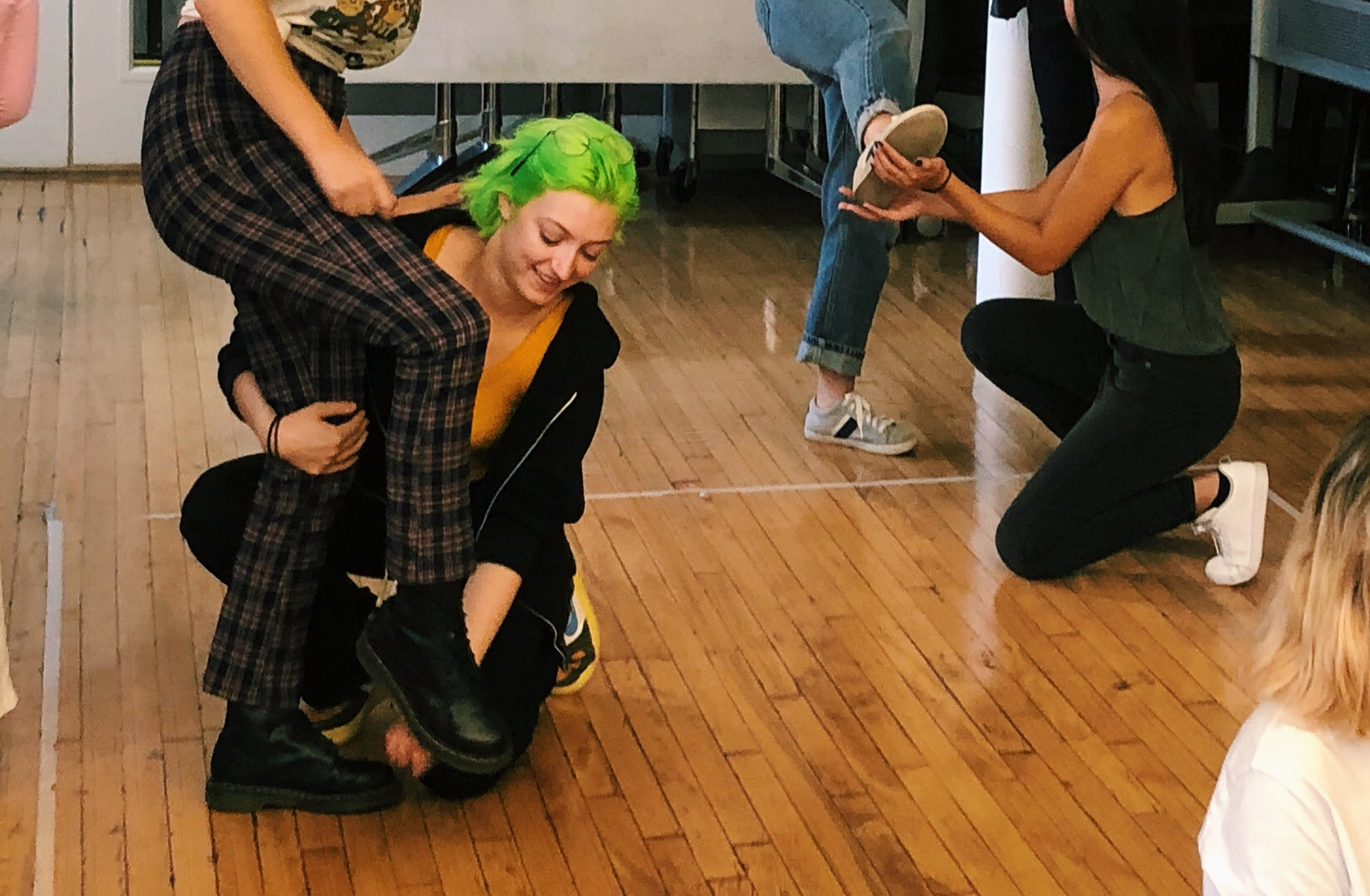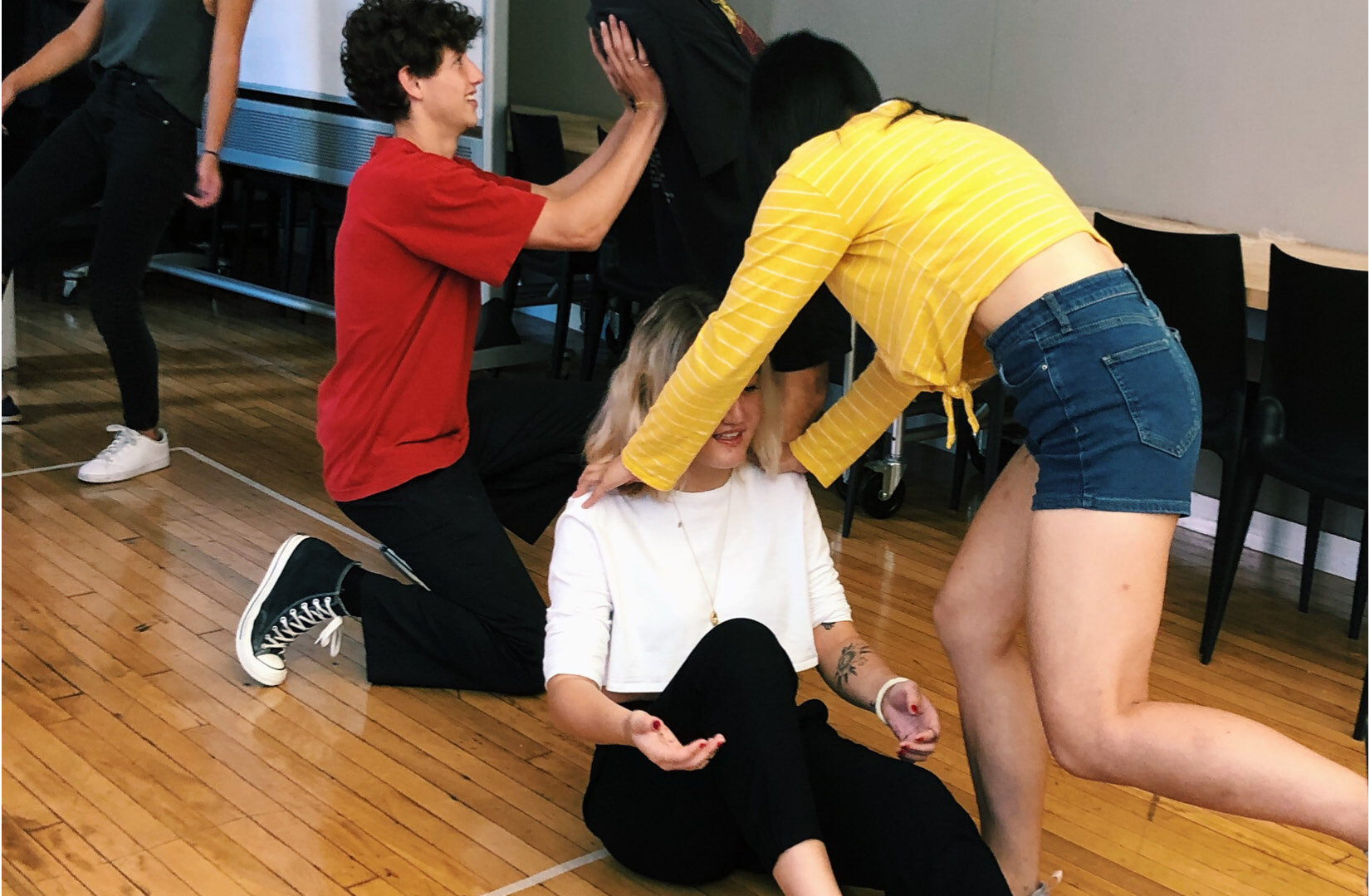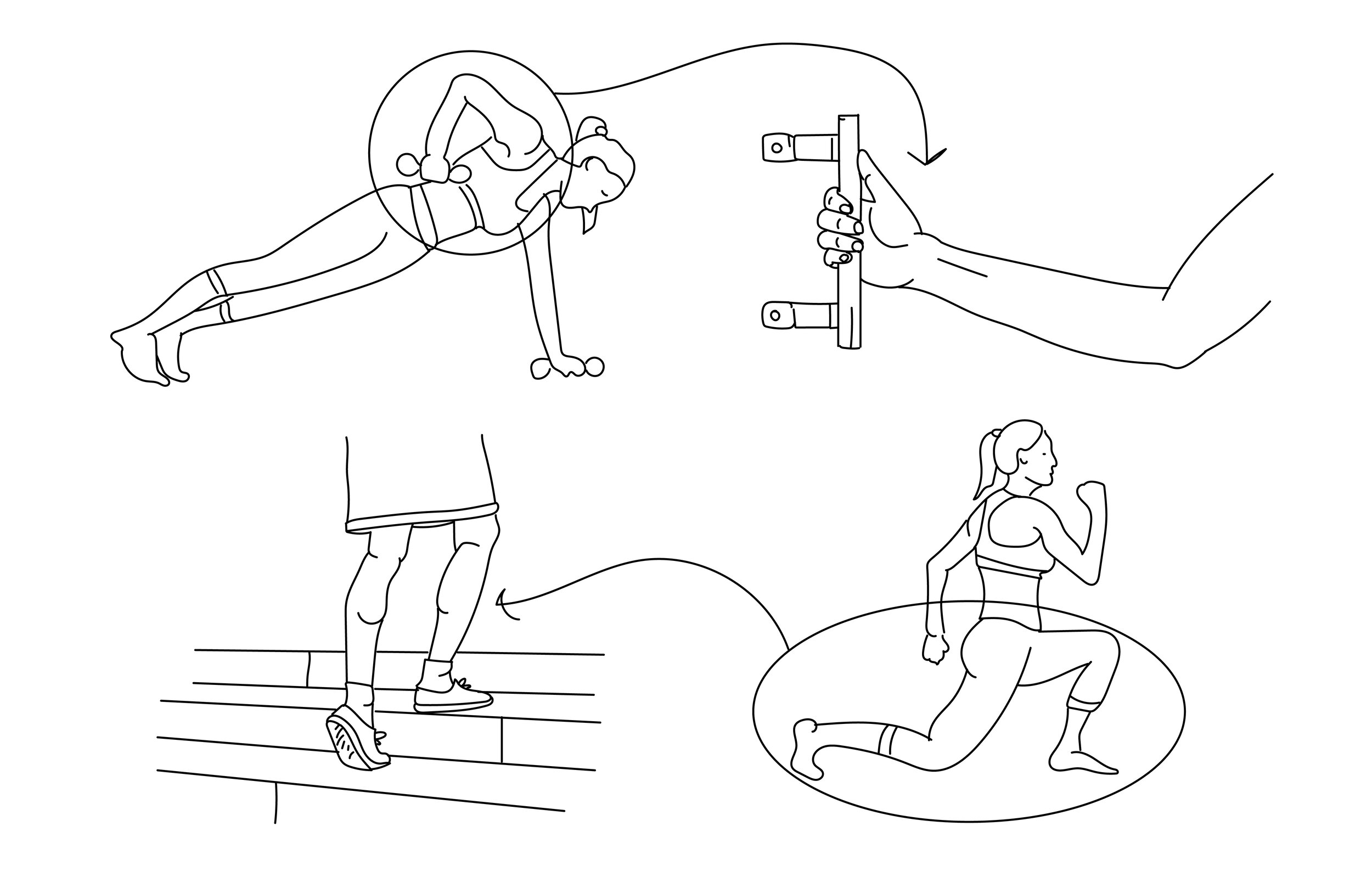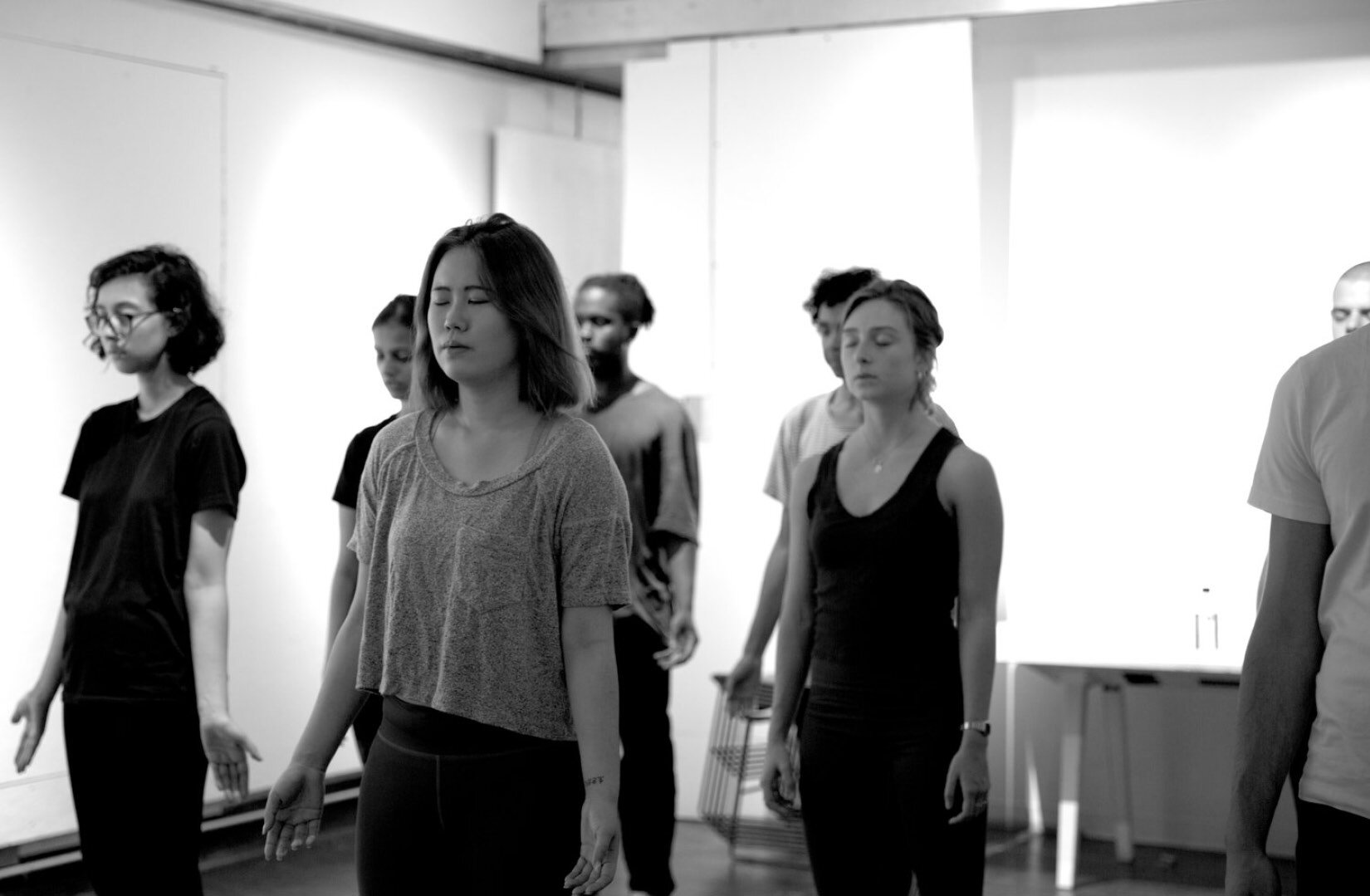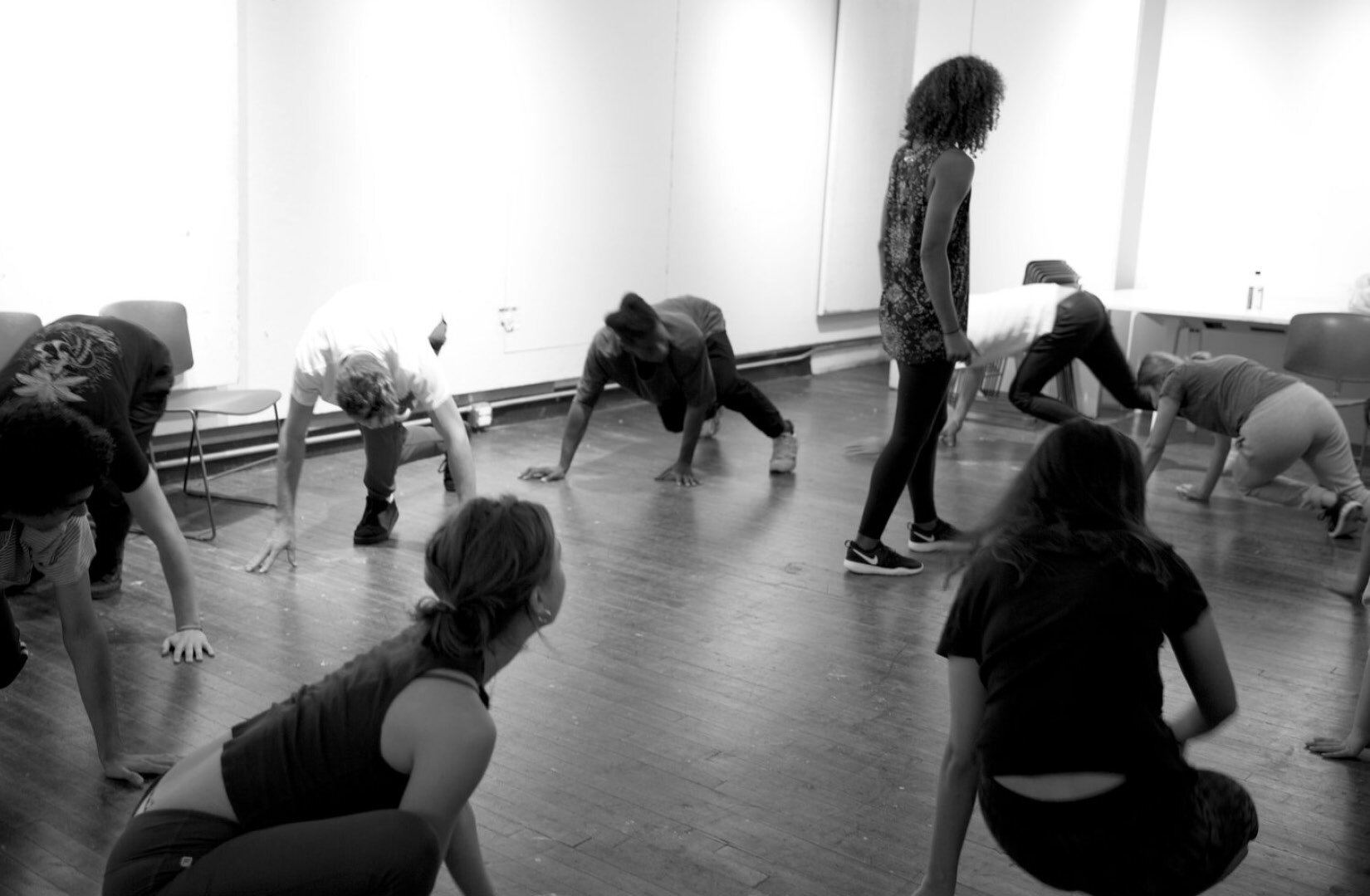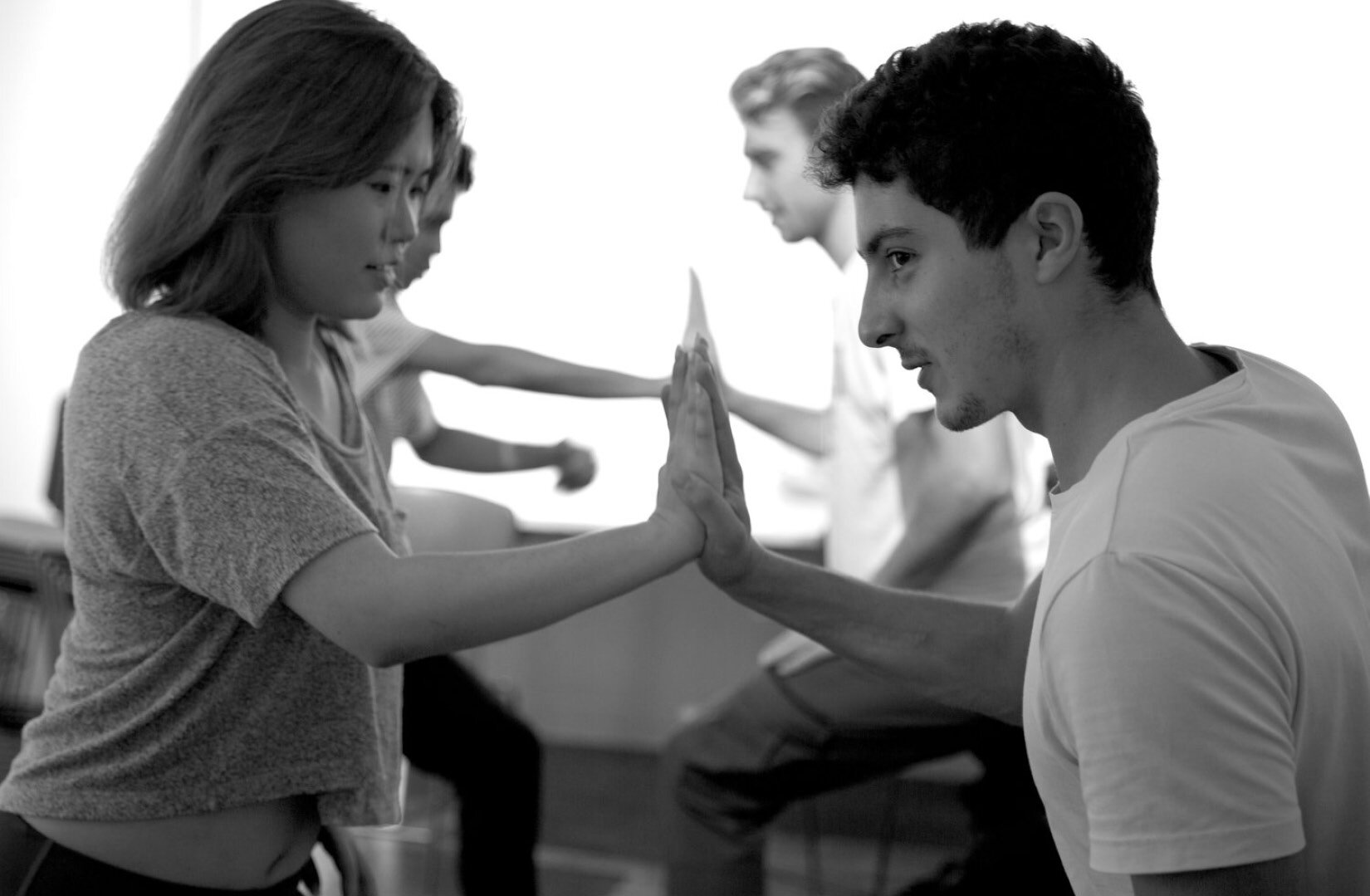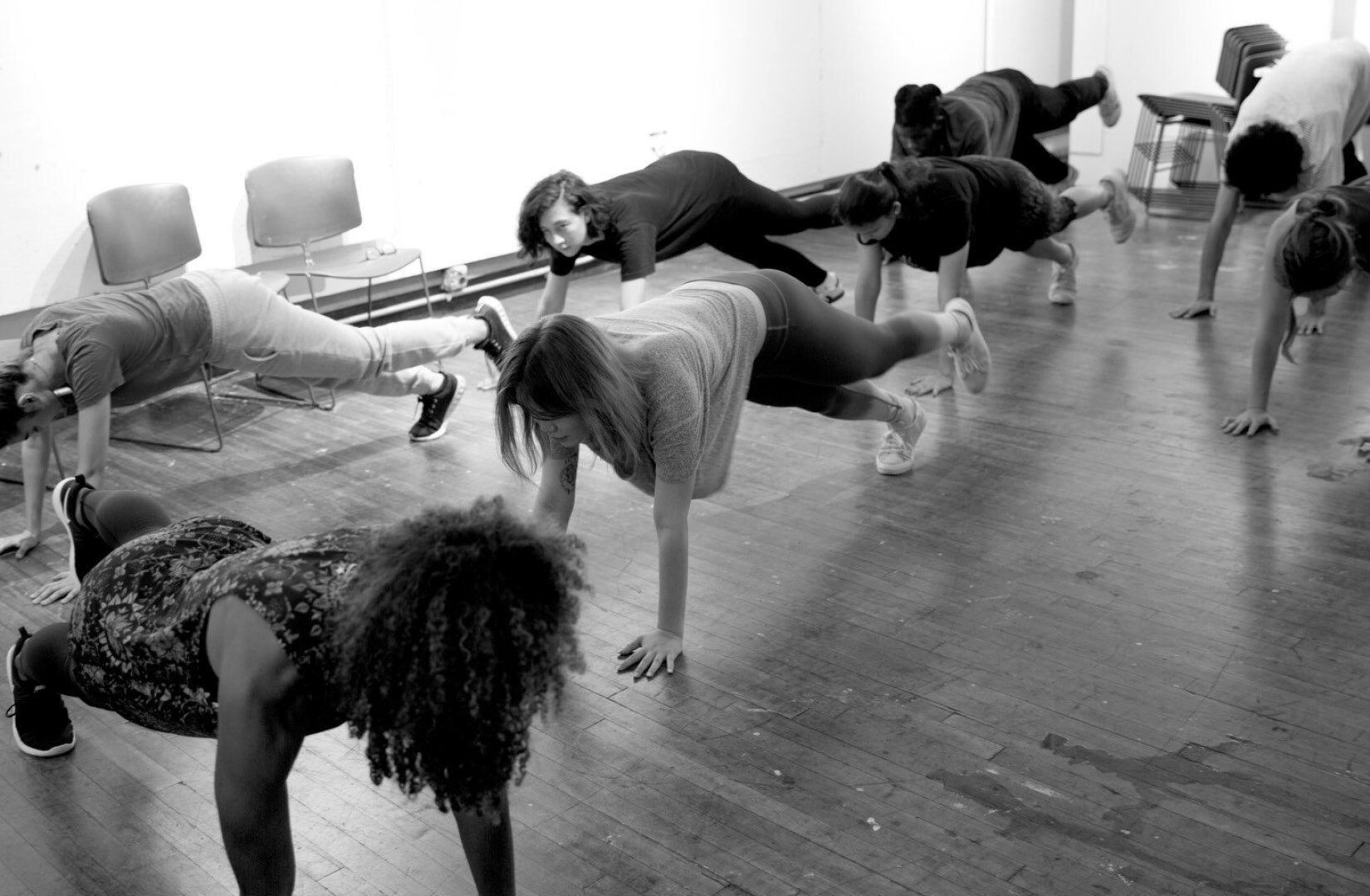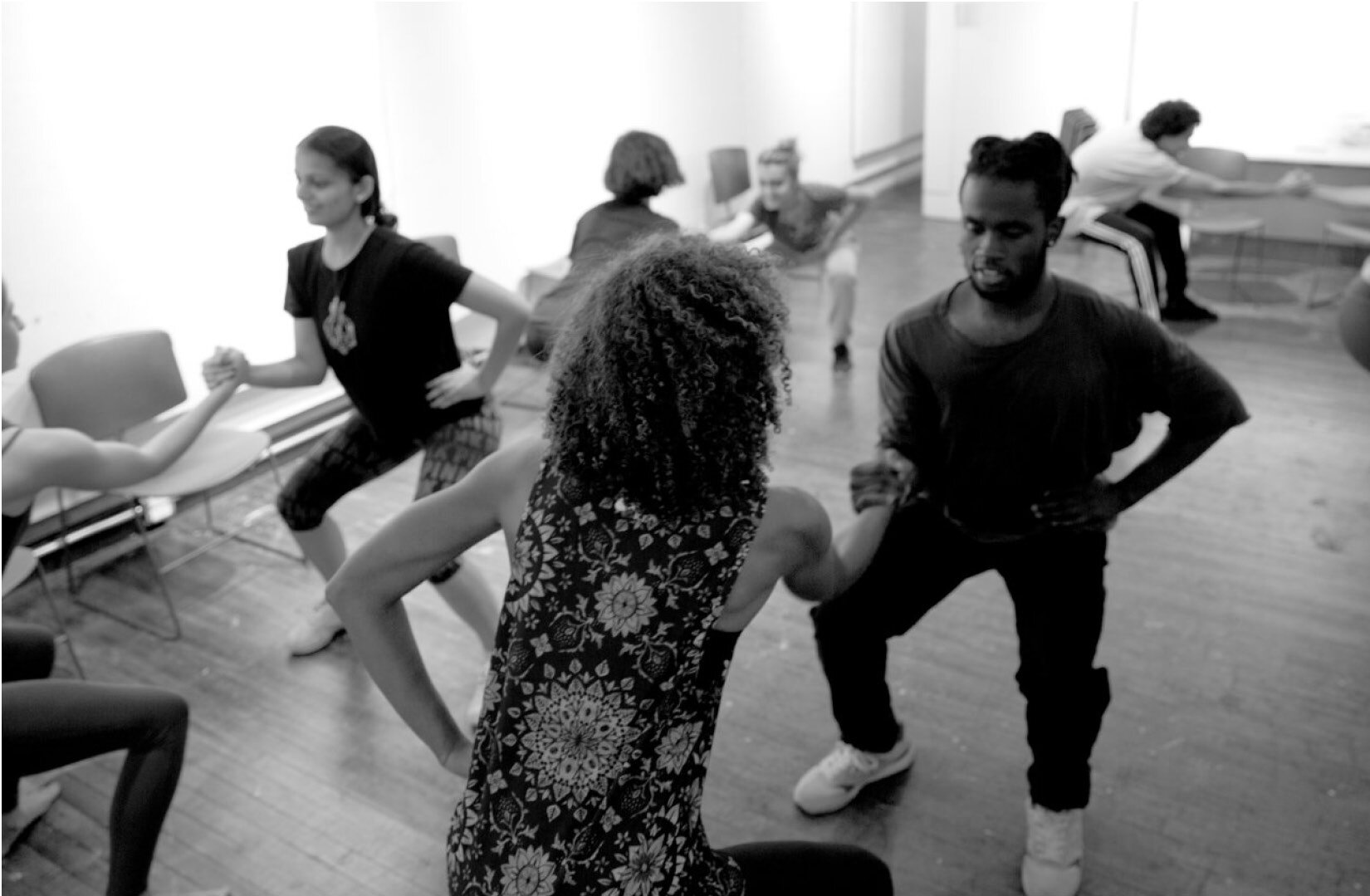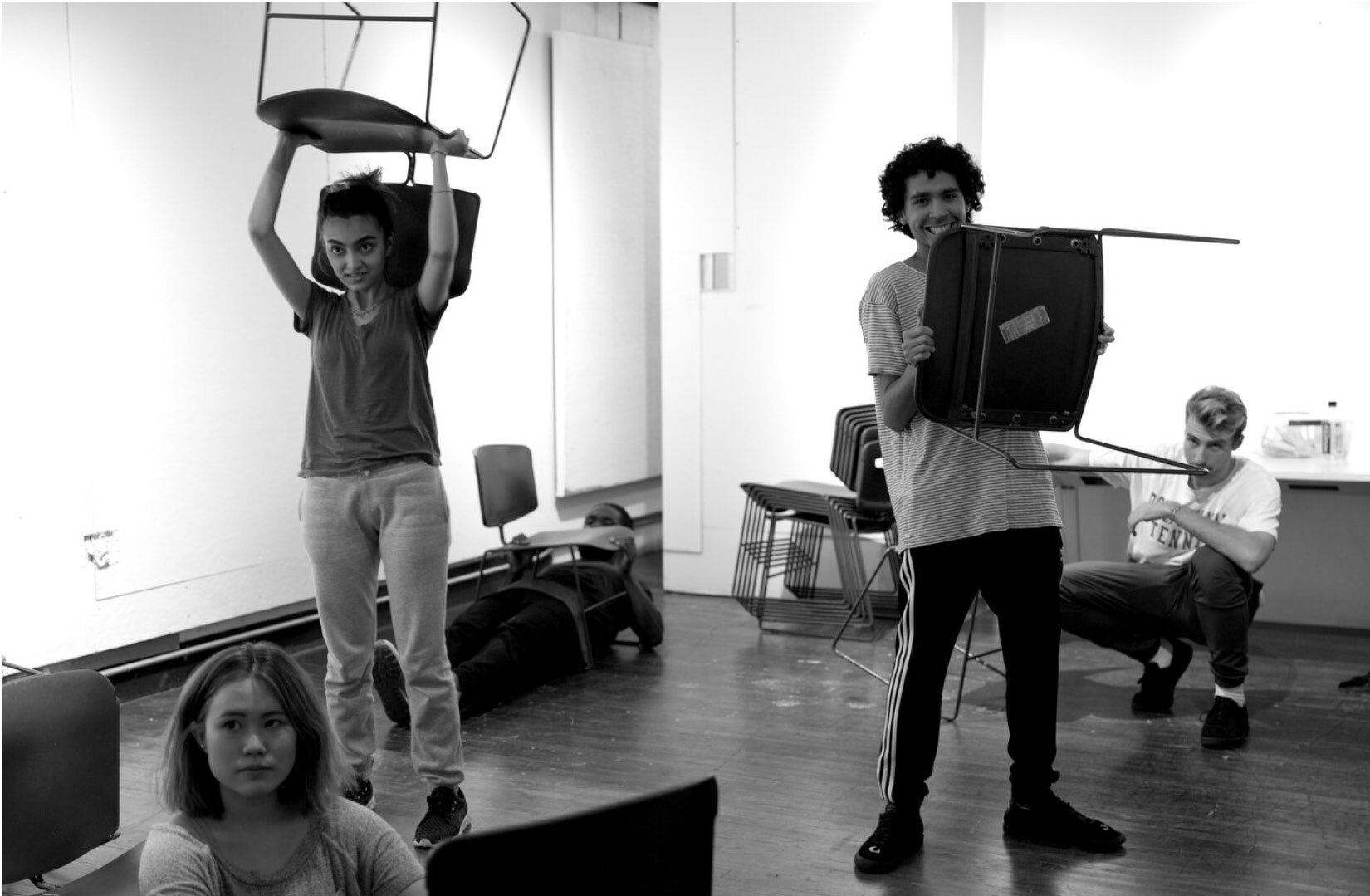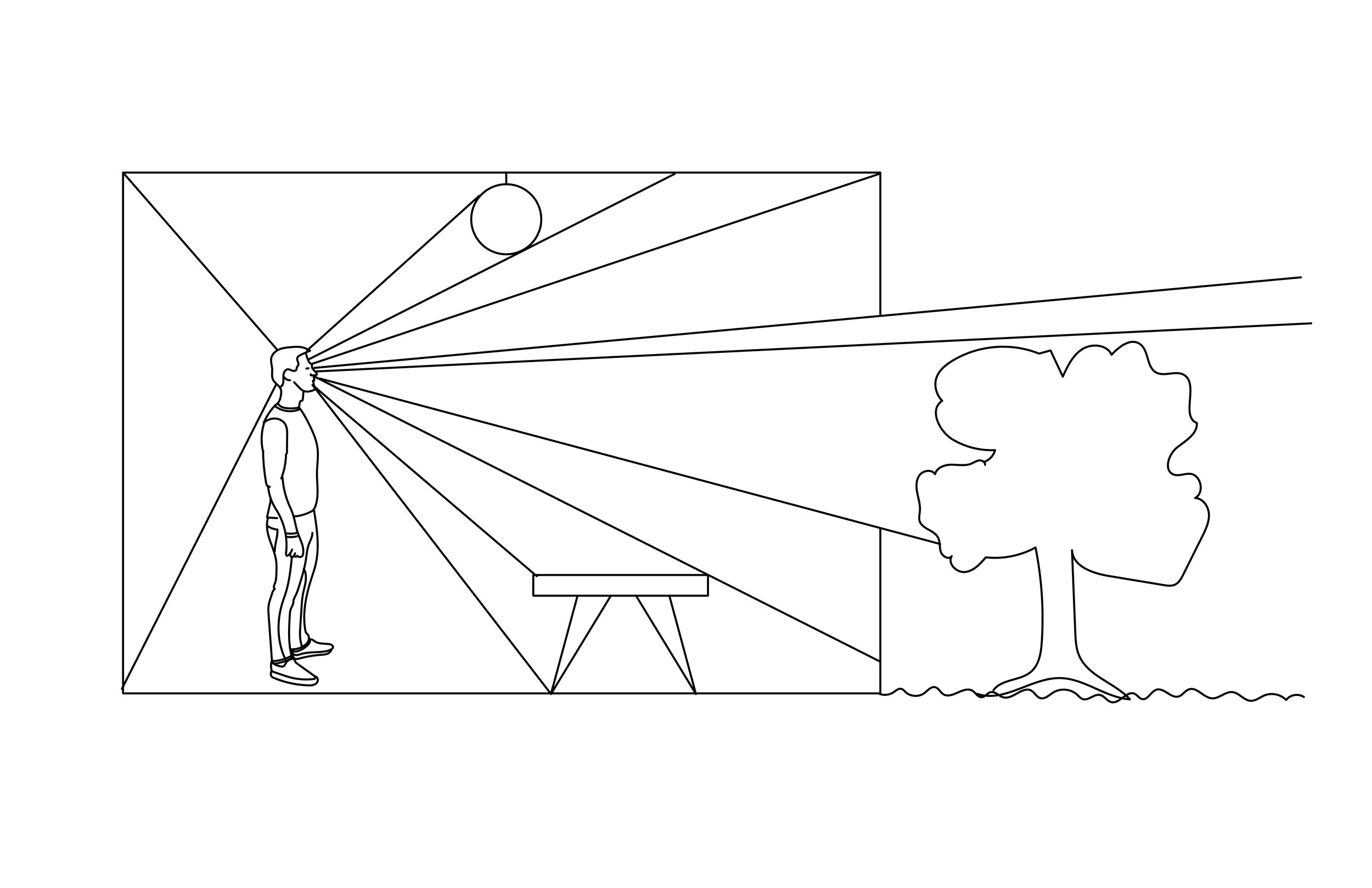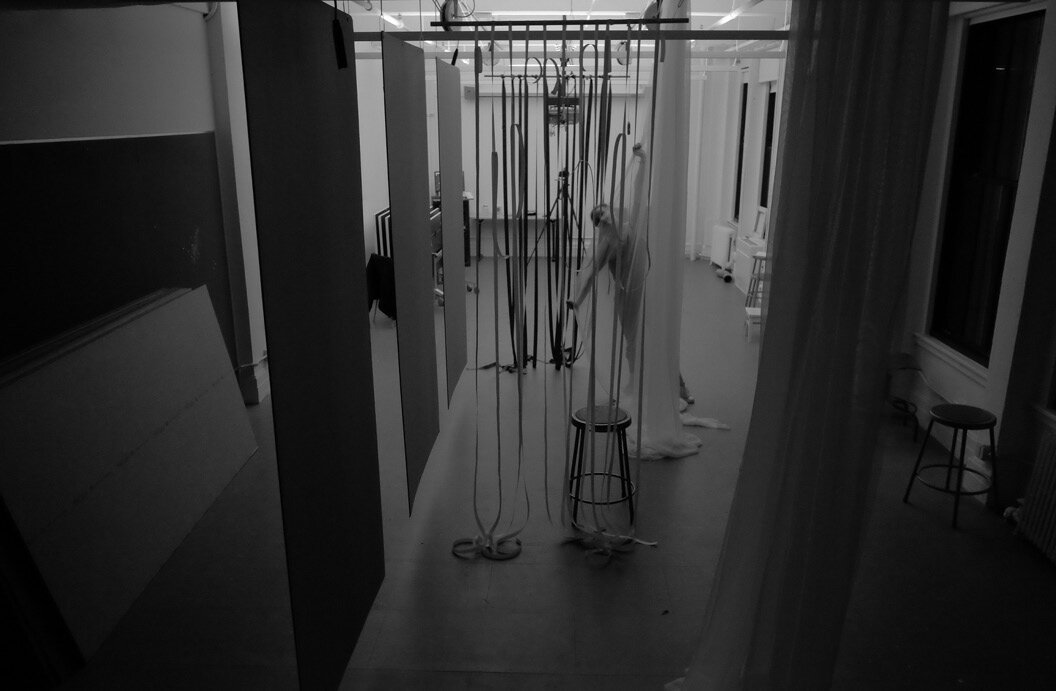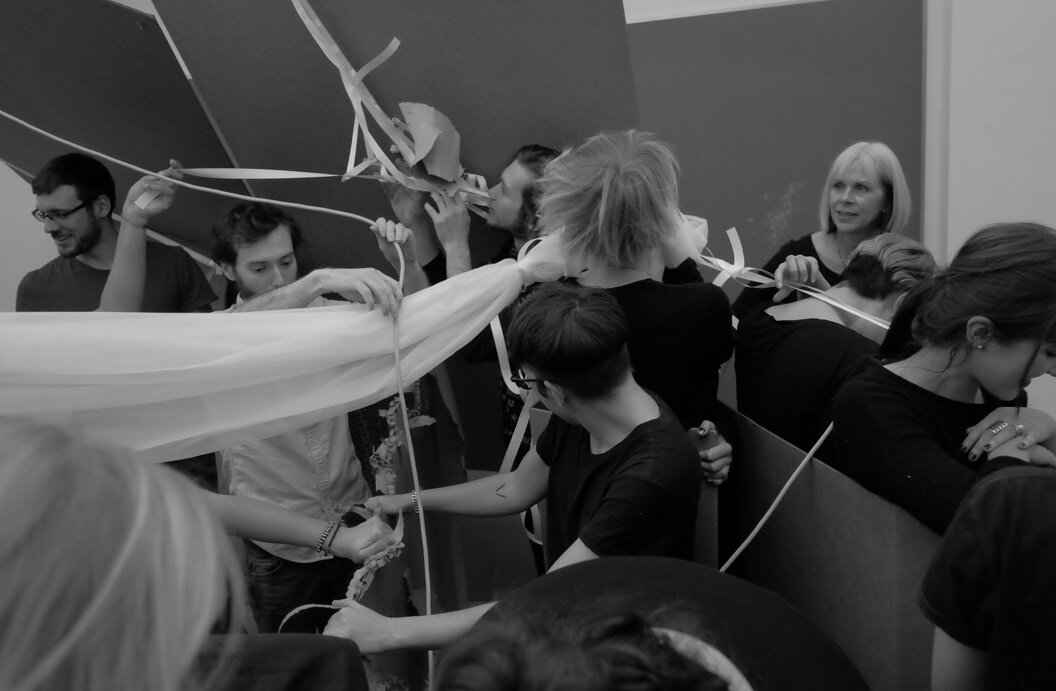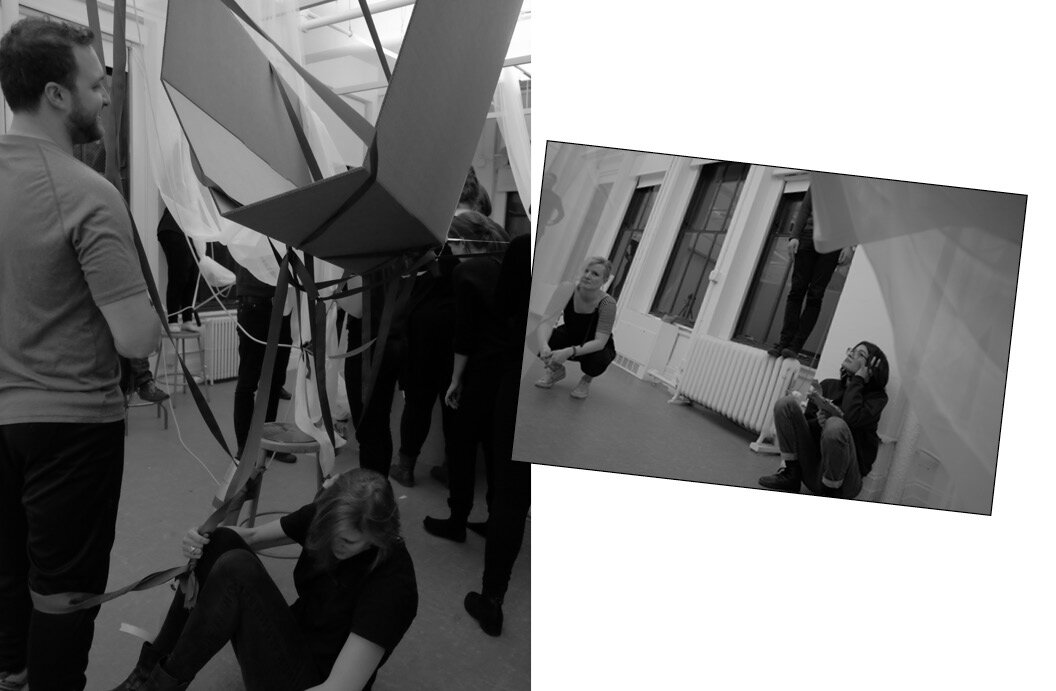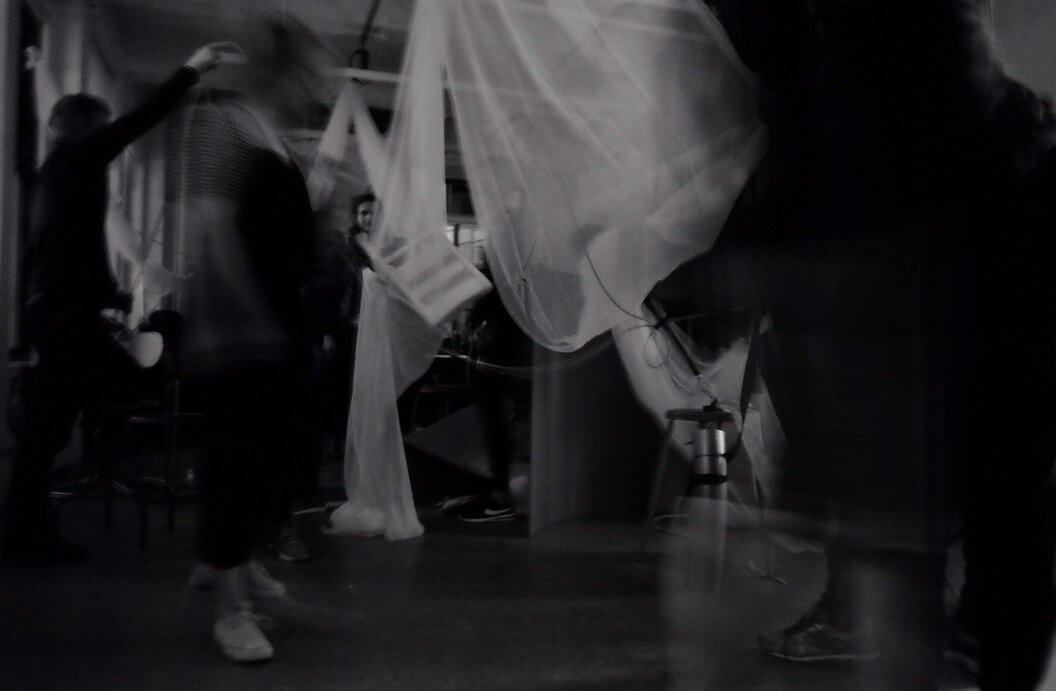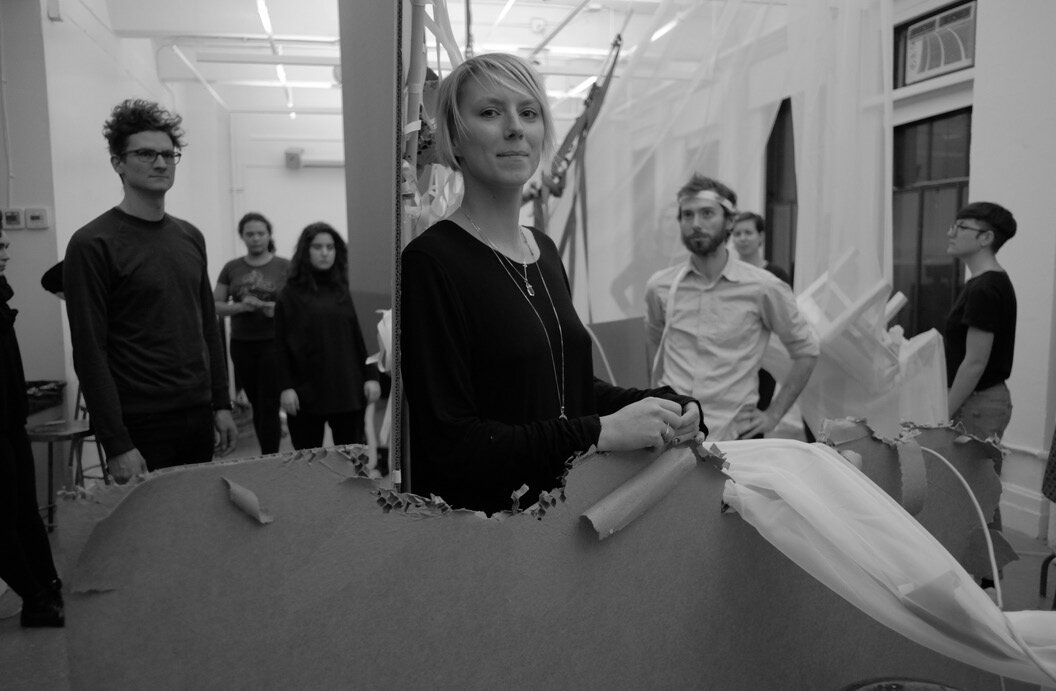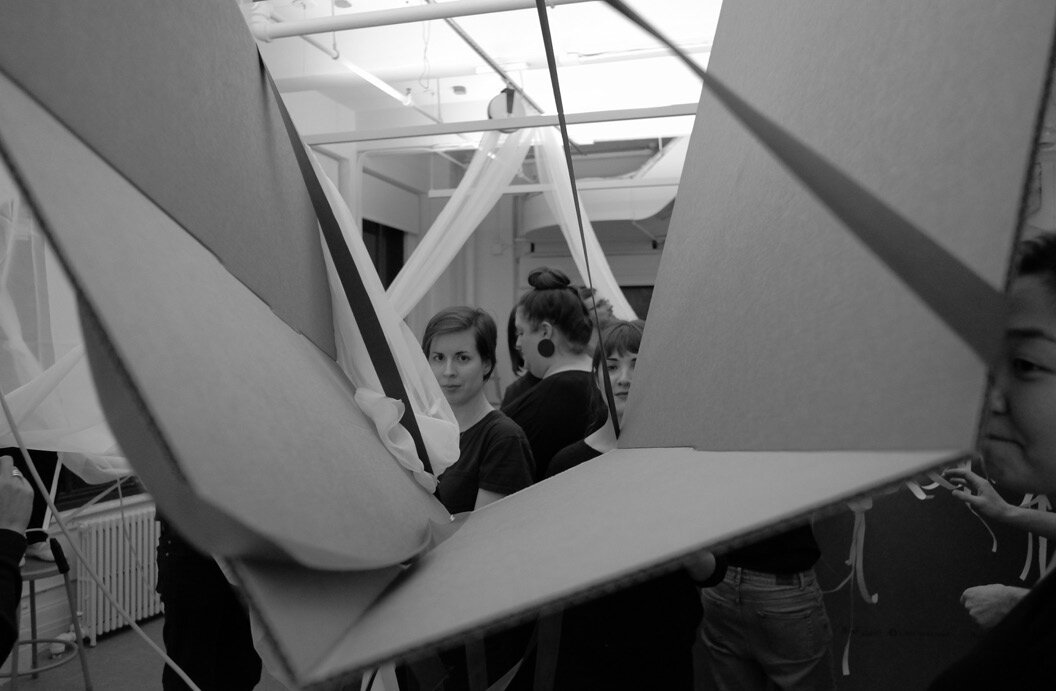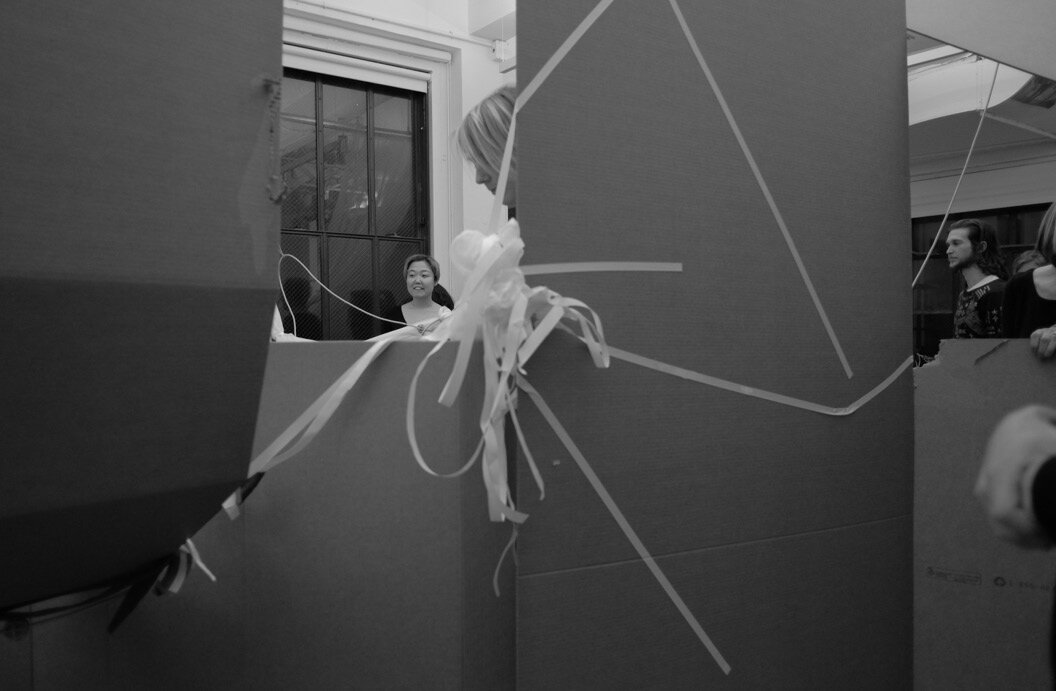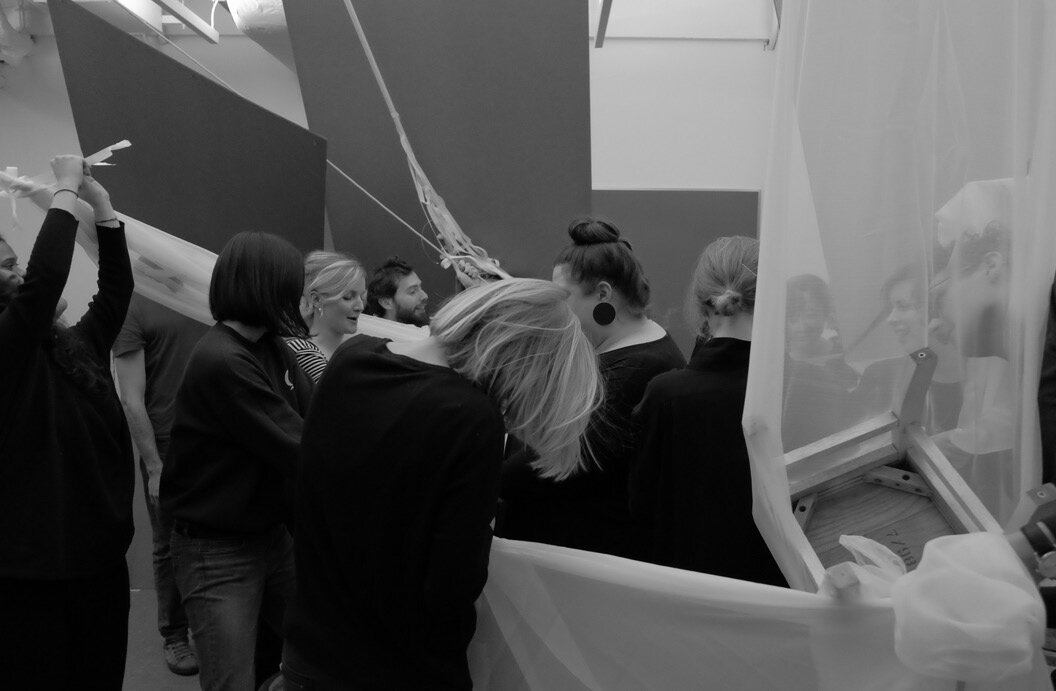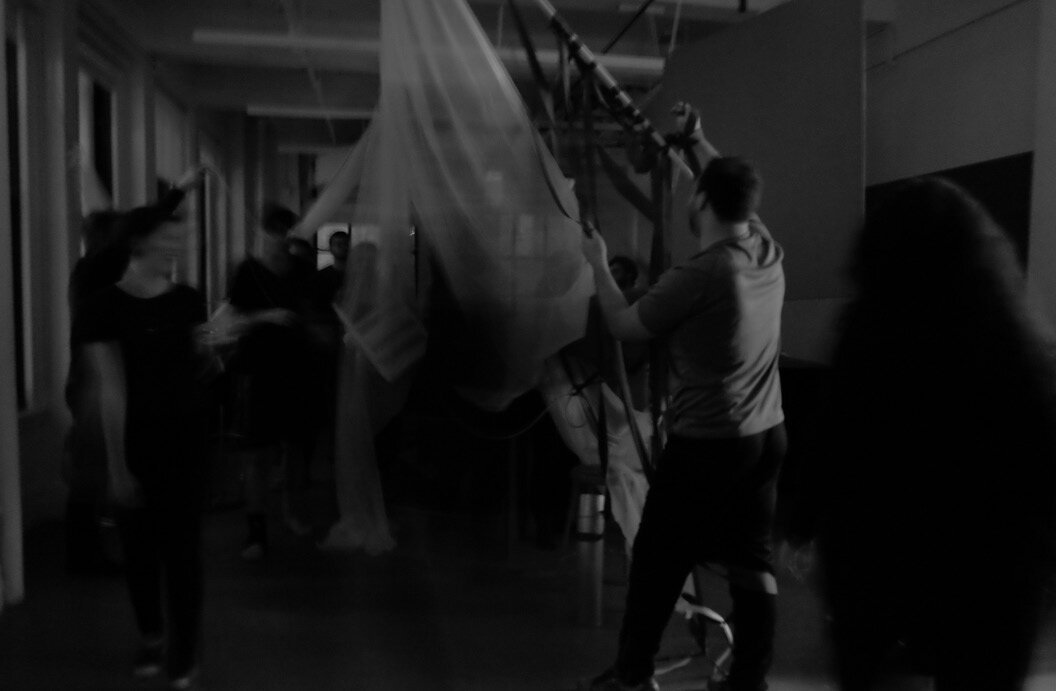workshops
As a creative facilitator and somatic researcher, I work to help others experiment and learn through multi-disciplinary workshops. I specialize in engaging the senses and activating the body to build alternative understandings of given topics. Bringing together my background in movement and my human-centered practices in art and design, workshops are carefully crafted experiences that promote curiosity and lead to personal theoretical or material conclusions. Bridging the gap between the mind and the body for full embodied learning.
The workshops here have been run in a variety of different variations given on the size/needs/location of the participants. Movement and embodied design workshops can be written specifically for your needs, as well.
Being in touch: the absurdity of having a body — touch tools
Sense Theory
Human Factors
Movement
Lecture, Writing, Rapid Prototyping
Is your skin hungry? Want to learn how to feed it?
“Being in Touch” is a set of experiments and workshops that explore methods of addressing skin hunger (the desire for healthy skin-to-skin contact) in our increasingly isolating world. In this iteration “The Absurdity of Having a Body” explores how to use humor and play to explore new techniques for understanding what it means to be human in modern times. Participants engaged in (1) guided reflection and experimentation to unpack their own touch-based embodied knowledge, (2) rapid iteration and creation of playful tools for understanding their own definitions of touch (3) sharing and performing their newfound actions and skills.
Done as part of the Flux Factory “Feralpy” installation and exhibition on Governor’s Island, August 2023. To see the exhibition visit The Absurdity of Having a Body
Sculpting smell
Sense Theory
Drawing, Writing, Rapid Prototyping
“Sculpting Smell” is an exercise focused on helping participants to understand how to describe and give form to intangible and often difficult to explain sensations. The goal is for participants to gain confidence in taking on difficult and often slippery subject matter in their school work. Focusing on smell, an immaterial sense and the one most innately tied to our memory, participants are led through a series of movement, abstract drawing, and memory/association writing exercises, ultimately ending with physical interpretations of their models. The activity is done blind and two individuals are given the same scent at the end participants share their work and discussions are carried out on often surprising similarities (and some differences) between interpretations.
RE-IMAGINING THE CRITIQUE
Education
Conversation, Ideation, Facilitation
What is the goal of the critique? How can the critique uplift and empower diverse voices?
A workshop series that examines and deconstructs the current higher education critique practices with an intent to rebuild an inclusive and equitable feedback space to serve a diverse academic community. This compassionate and futurist exploration aids in the creation of alternative feedback concepts and needs, with students and faculty sharing and gathering mutually beneficial insights of the critique experience. Workshops can occur remotely using shared Miro boards and Zoom discussions to discuss our feelings and ideas.
Created with Sam Bennett
Presented & Facilitated during 2021-2022 at Parsons School of Design, Pratt Institute, and Columbia University as part of the Art School Pedagogy 2.0 Zoomposium Conference.
“being in touch” handshake/doorknob gesture workshop
Human Factors
Sense Theory
Touch
Rapid Prototyping
This workshop adapts my “Being in Touch” handshake exercise in order for participants to explore how to translate gesture-based human interactions into human-centered design ideas. It uses the parallel of the doorknob serving as a handshake of the building to transition the mind from the intangible to a recognizable tangible typology. This exercise is used in my human factors class to introduce a gesture-based analysis assignment.
Further info on the touch relevancy of the handshake & format:
“BIT: Exercise One” looks to handshakes as a situation in the western workplace where healthy human touch is already occurring. It seeks to engage participants in understanding the origins of the gesture and inject and ultimately amplify meaning depending on context and intent. It explores the idea that the hand holds the key to unifying the mind and body as a means to perpetuate successful craftsmanship and artistic work.
“Being in touch: tools for navigating innate human needs in the modern workplace” suite
Human Factors
Sense Theory
Touch & Workplace Equity
Rapid Prototyping
“Being in Touch: Tools for Navigating Our Innate Human Needs in the Modern Workplace” explores the relationship between touch hunger (the desire for healthy human touch) and the widening mind/body gap caused by the rise of technological communication in the creative industries. Through a focus on industrial designers and innovators working in hardware technology, it seeks to solidify the inherent role of touch in dynamic and creative thinking. As both a critique and a methodological framework, it teaches individuals to become body innovators through techniques derived from a mixture of somatic therapy, improvisation, and traditional industrial design practice. Though physically engaging workshops it creates a set of tools for creative individuals to holistically thrive.
Three stepped workshops engage participants in understanding and re-defining touch. Starting small and working to full-body movement.
Translating tactility
Sense Theory
Drawing, Writing, Rapid Prototyping
An exercise where participants explore translating tactile information through various sensory means through writing, 2D drawing, 3D paper modeling, and brief movement ideation. Participants are given a bag containing a mystery object, they are not allowed to look inside of the bag for the duration of the exercise. Through the experience, they are prompted to consider different sensory-focused memories associated with the tactile nature of the object. They work to translate these experiences through visual, auditory, olfactory, and gustatory abstractions. Similarly to “Sculpting Smell,” multiple participants are given the same object and the outcomes are compared/contrasted through discussion.
the physic(s)(al) body
Human Factors & Ergonomics
Meditation
Basic Physics
A series of visualizations and movement exercises for introducing basic physics concepts for education in human factors. Starting small and building to more complex systems, students are led through understanding gravity and balance as it relates to their own bodies. This workshop has also been adapted as an introduction to basic chair/furniture construction techniques.
the movements of everyday life
Human factors & Ergonomics
Embodied Learning
Improvisation Techniques
Movement workshop developed with Nike Master Trainer Traci Copeland. A one and a half-hour long participatory workshop developed to teach designers functional anatomy as applied to product/industrial/architectural design. Participants are led through movements demonstrating: The planes of human movement, prime movers and how muscle groups work together, mobility v. stability and how this changes as we age, different movement types (concentric, eccentric, isometric), techniques for improving mind/body communication, and the six key movements that the body does in everyday life.
materializing reality
Perception Theory
Meditation
Rapid Prototyping
With Lindsey Dieter & MLAB
Our experience of the built environment is shaped deeply by the dynamic assemblage of materials and our kinesthetic movement through them. As a result of advancements in material processing, manufacturing and communication our relationship to and perception of our surroundings is changing. The workshop included an accessible movement-based warm-up, with exercises in understanding the material composition of our environment. The workshop began with explorations in the sensory relationships between sight, touch, sound, movement and the surrounding environment to develop new skills to understand, describe and re-calibrate one’s spatial position.





